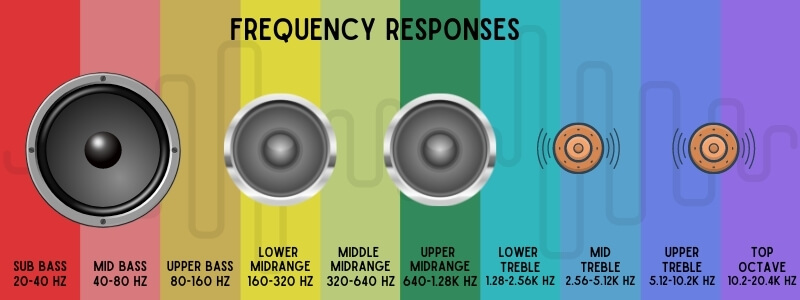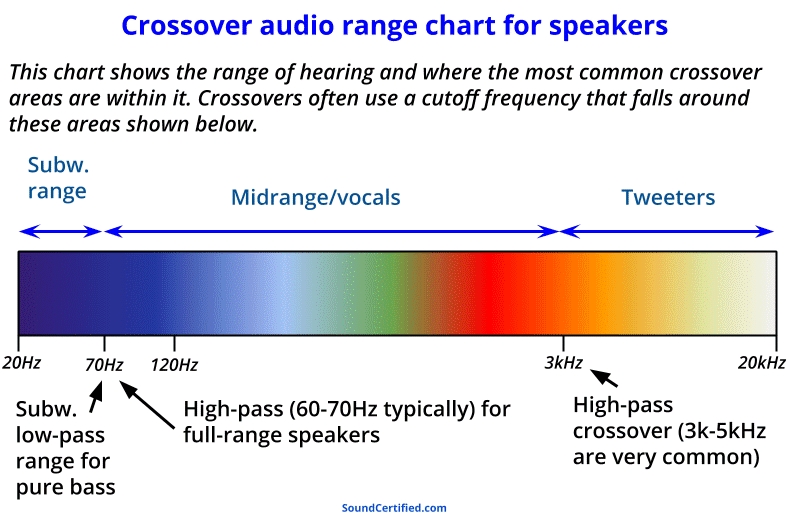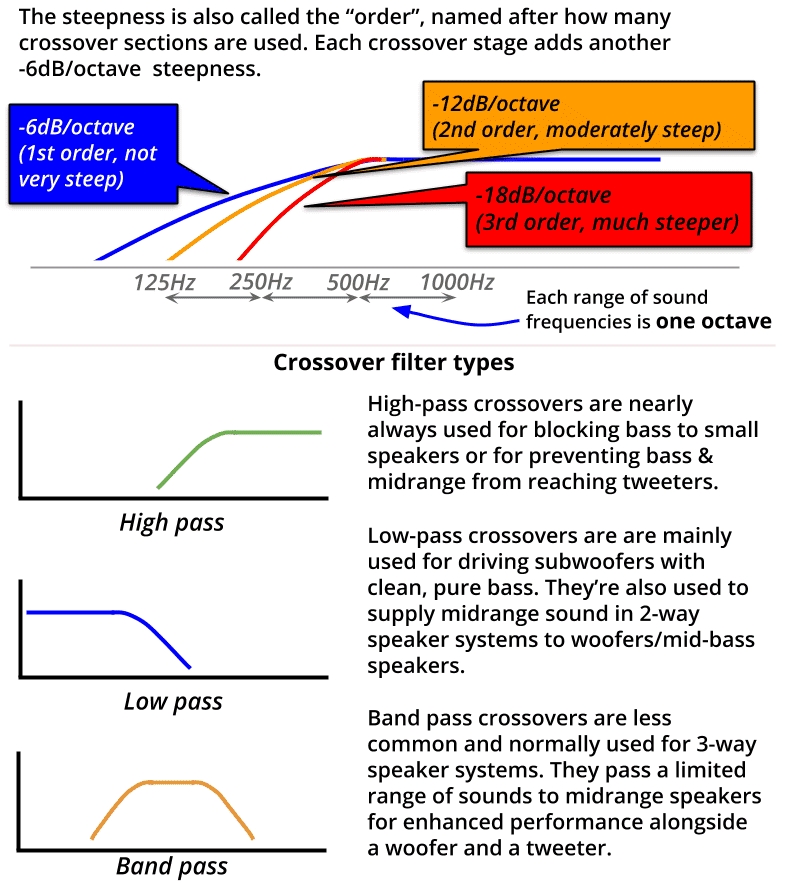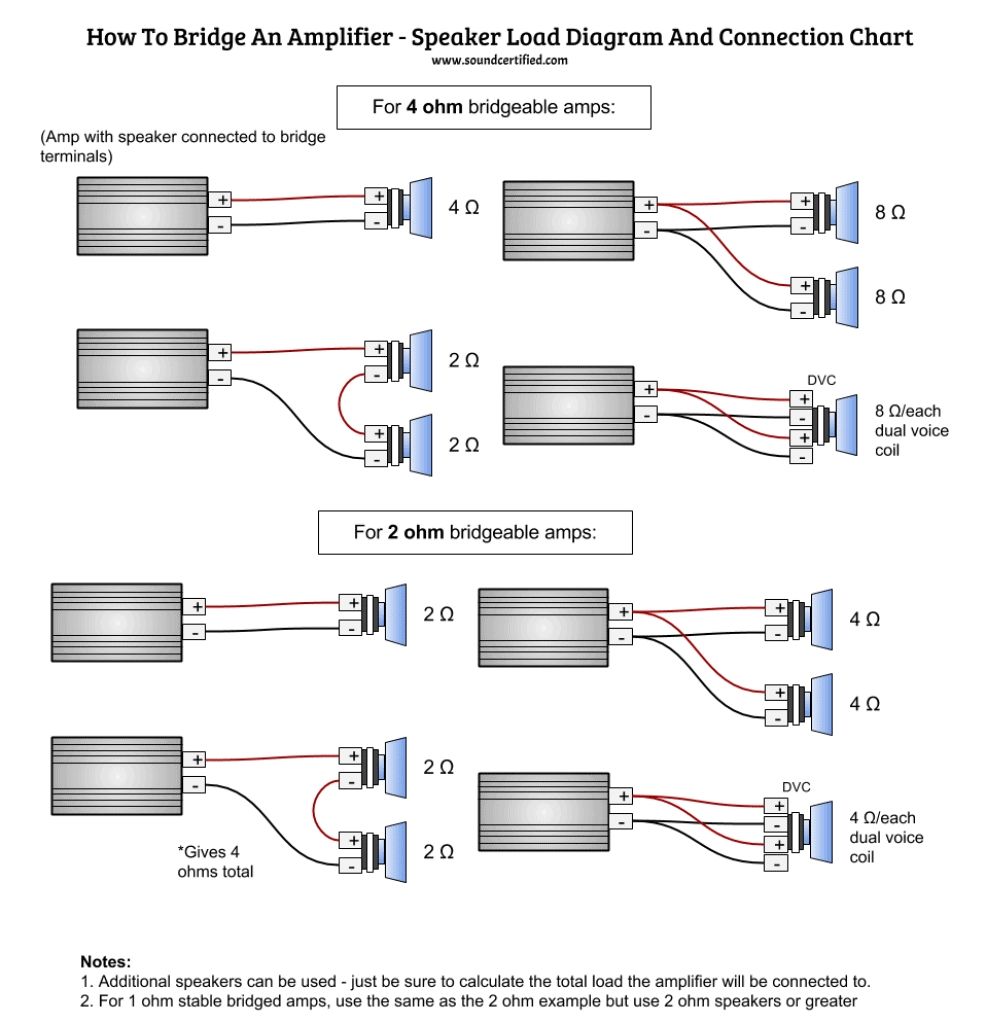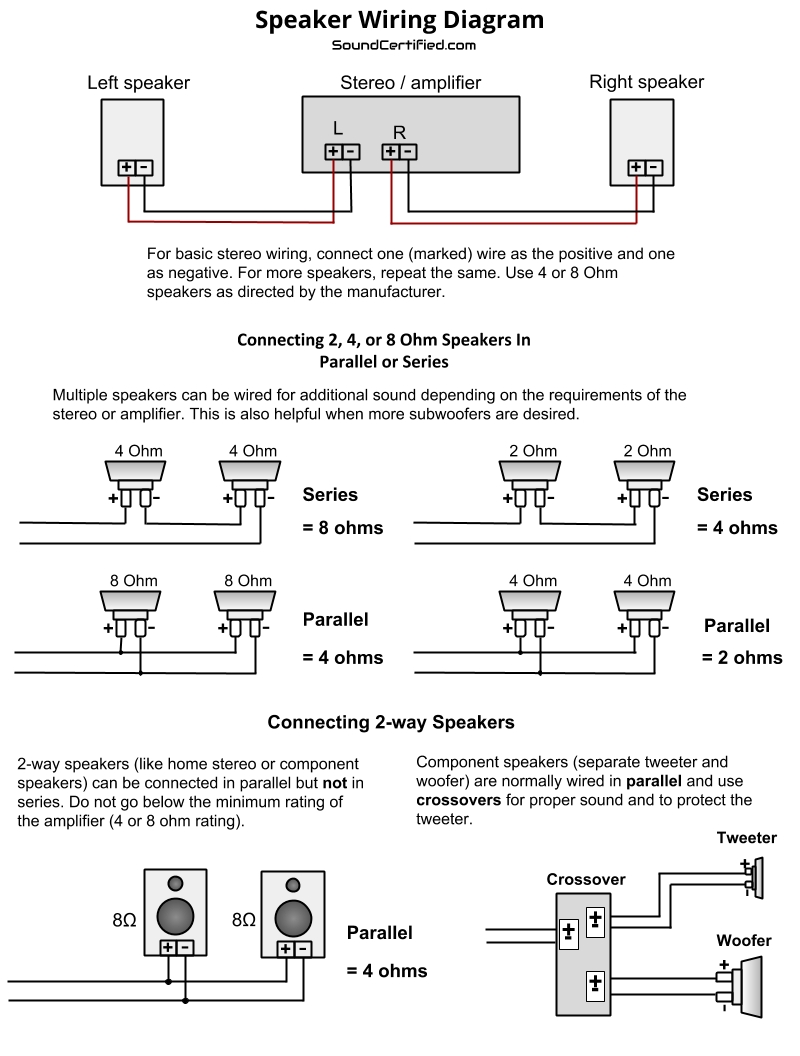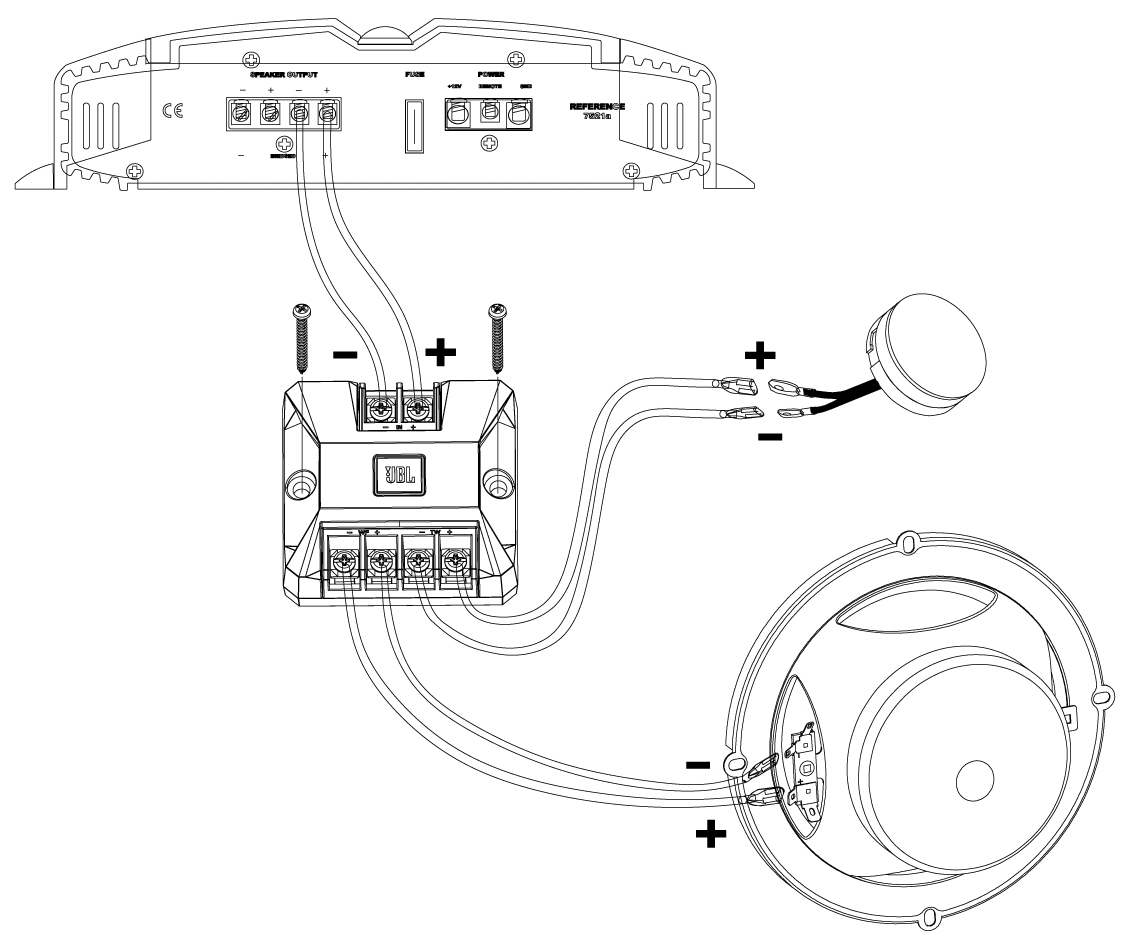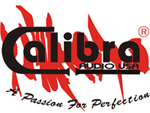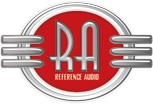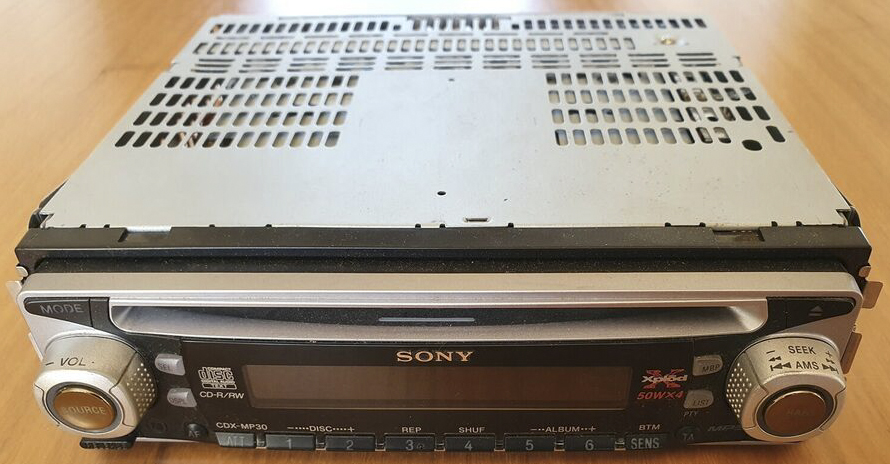
Car Audio Equipment
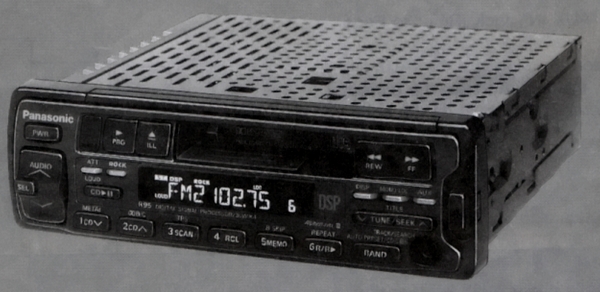
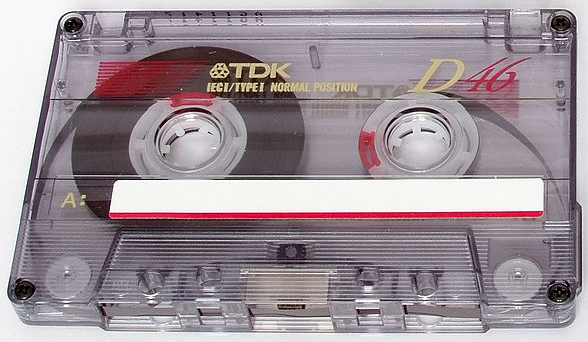


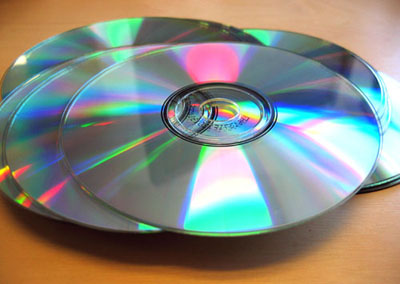
| Proton Tweeters | ||
| Model | Proton Tweeters | |
| Features | ||
| I ran these through High pass filters I made myself | ||
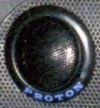
| Sakyno 6.5" 3 way mids | ||
| Model | Sakyno 6.5" 3 way mids | |
| Features | ||
| Cheap 6.5" mids from the Bruma Fleamarket | ||
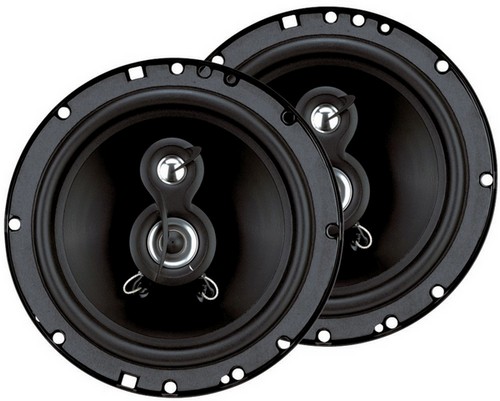
| Sakyno 6x9's | ||
| Model | Sakyno 6x9 | |
| Features | ||
| Cheap 6x9's from the Bruma Fleamarket | ||
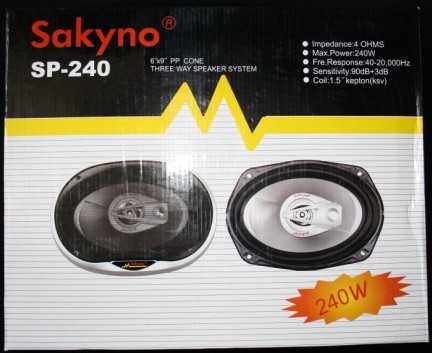
| Sakyno 10" freeair sub | ||
| Model | Sakyno 10" freeair sub | |
| Features | ||
| Cheap 10" sub from the Bruma Fleamarket | ||
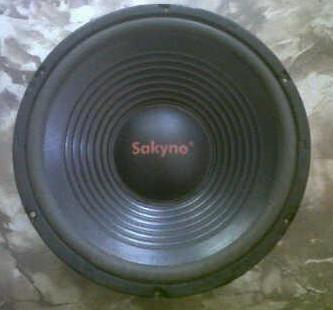
| ACR Hi-Pro | ||
| Model | ACR Hi-Pro 15" Subwoofer | |
| Features | ||
| 400W PMPO, 4 Ohm speaker | ||
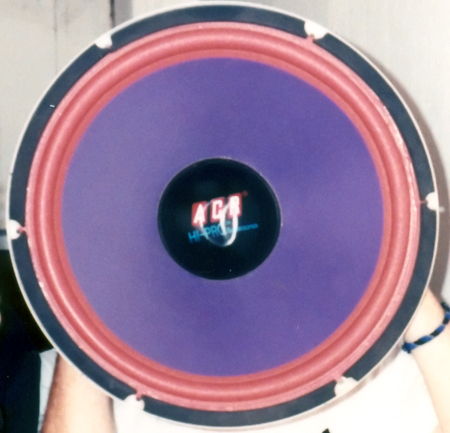
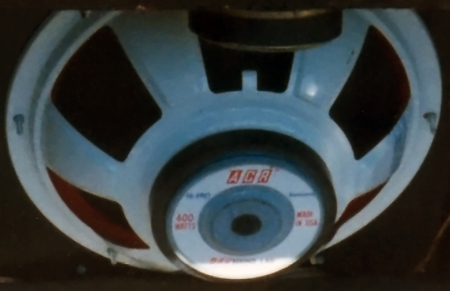
| Starsound SSA-1060 | ||
| Model | Starsound SSA-1060 2 Channel Stereo Amplifier | |
| Features | ||
| 2 Channel Stereo | ||
| 400W PMPO | ||
| Class |
Class AB |
|
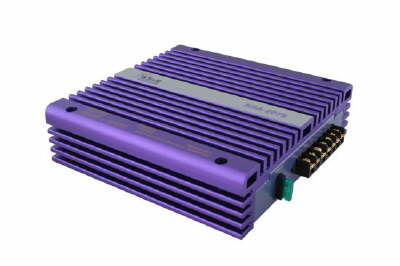
| Pioneer GM-X404 | ||
| Model | Pioneer GM-X404 4 Channel Stereo Amplifier | |
| Features | ||
| 4 channel Stereo | ||
| 30W x 4 RMS | ||
| 60W x 4 PMPO | ||
| Class |
Class AB |
|
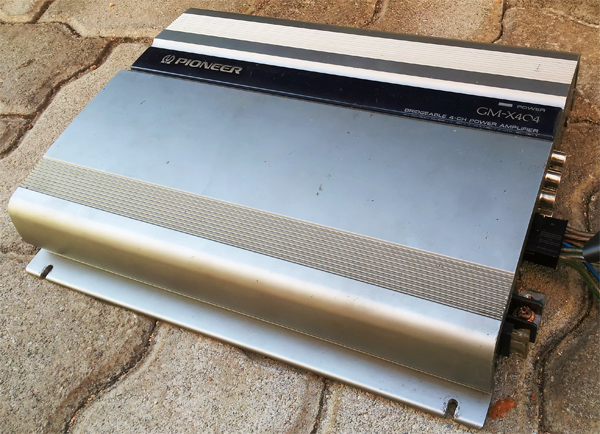
| Sony CDX-MP30 | ||
| Model | Sony CDX-MP30 Front Loader MP3 Player | |
| Features | ||
| Front Loader MP3 CD player | ||
| 52w x 4 | ||
| Am/Fm Tuner | ||
| Includes
remote RM-X114 |
||

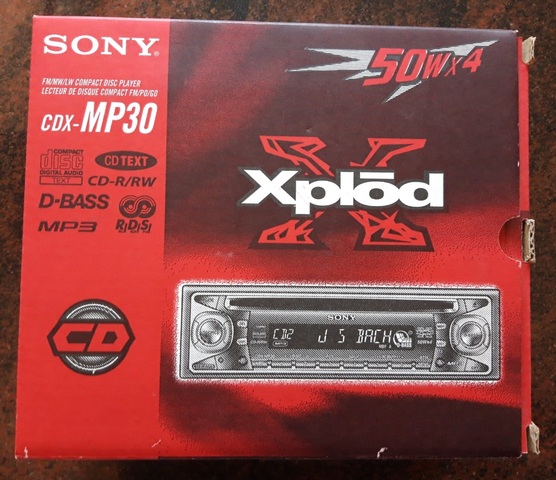
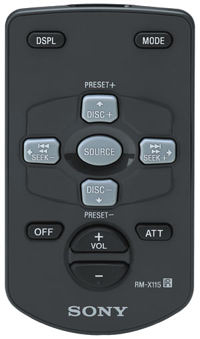

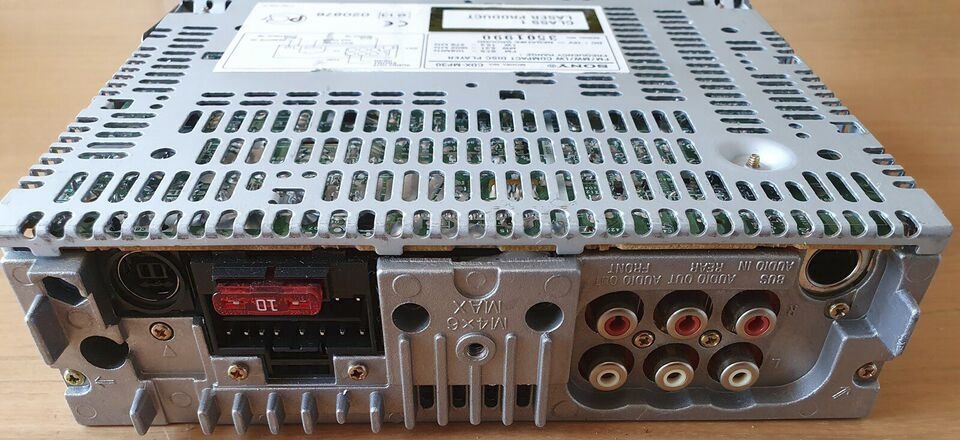
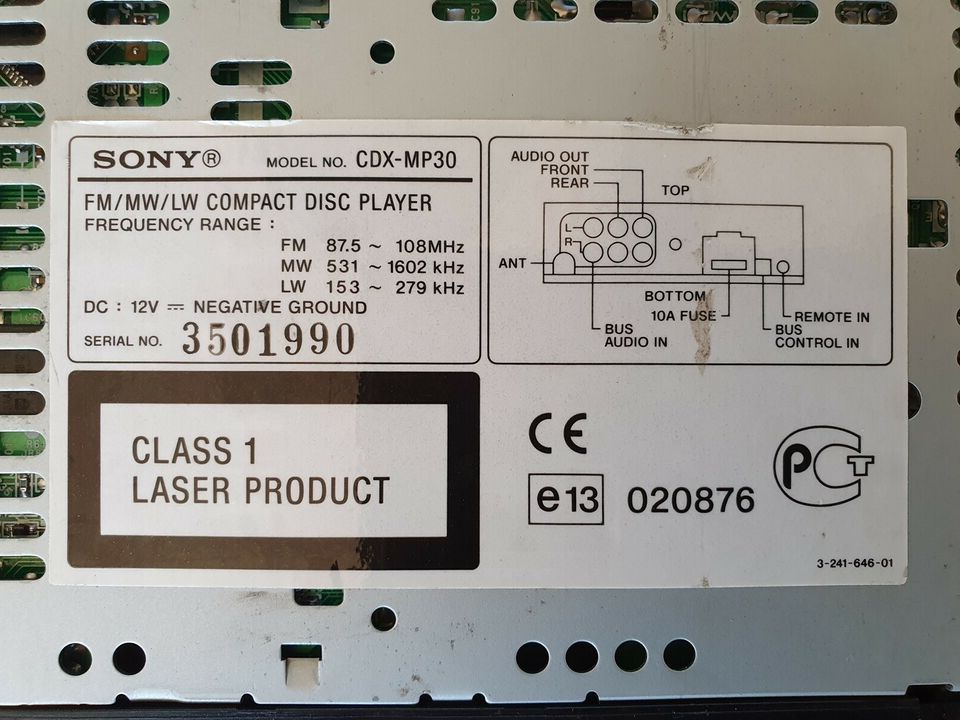
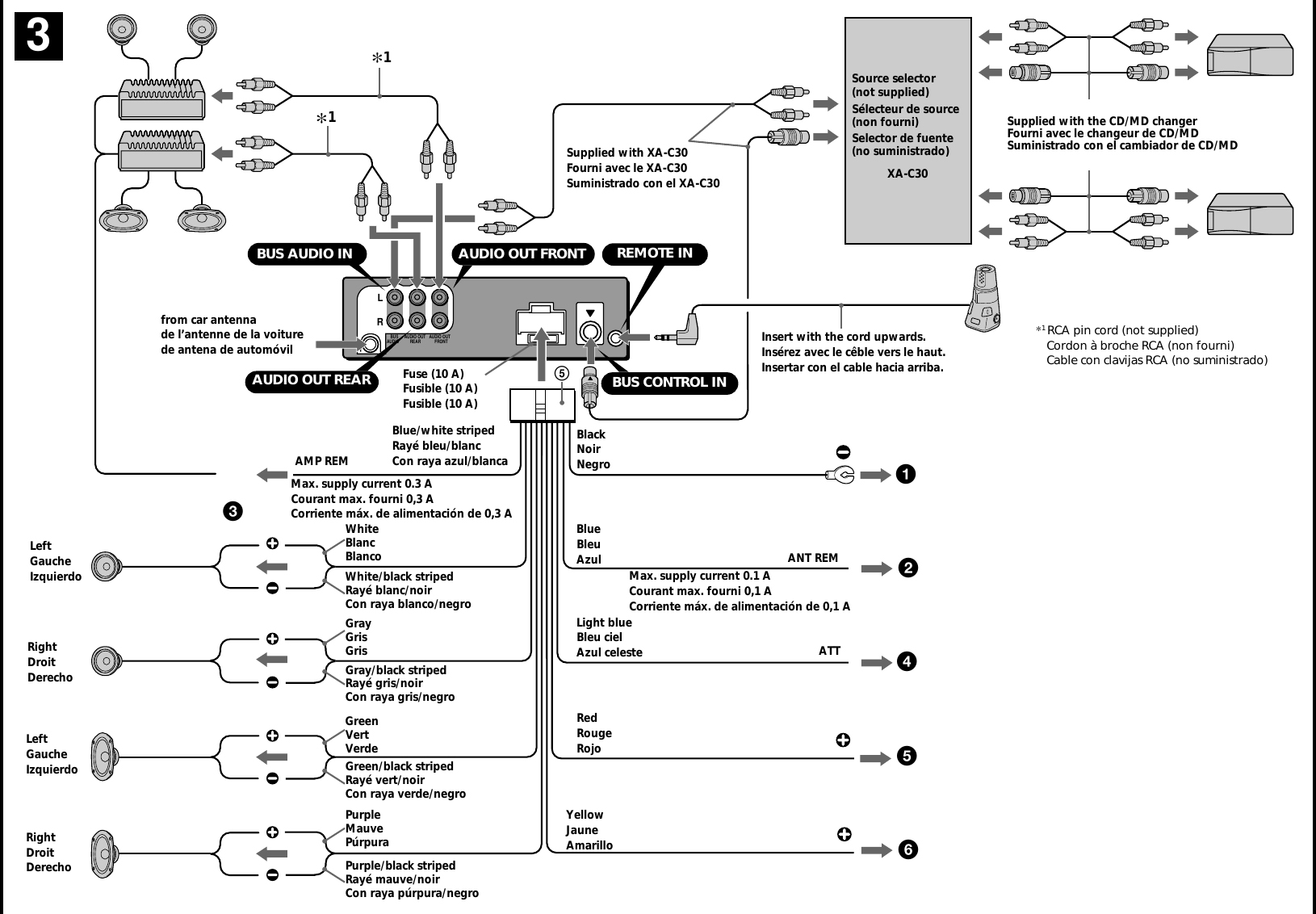
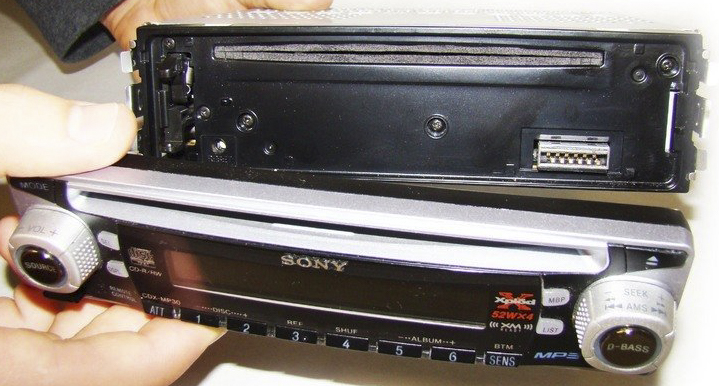
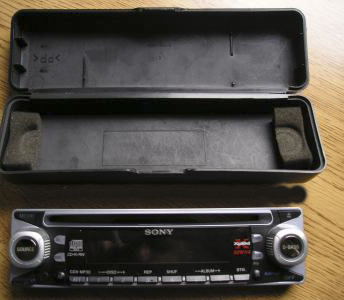


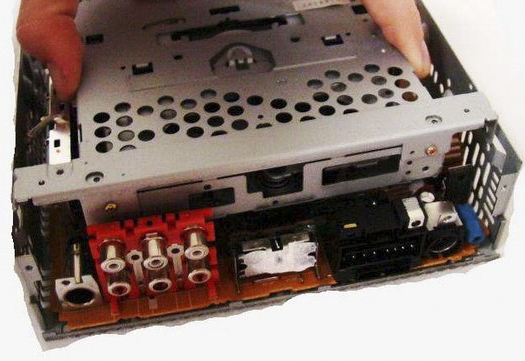
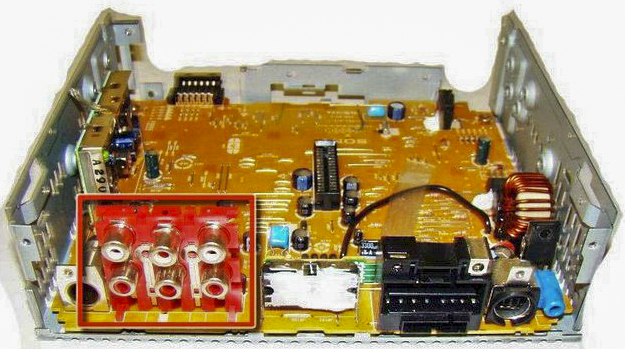
| Sony Xplod xs-GF1621X |
||
| Model | Sony
Xplod xs-GF1621X 6.5" 2 Way Speakers |
|
| Features | ||
| 40W
RMS |
||
| 170W
PMPO |
||
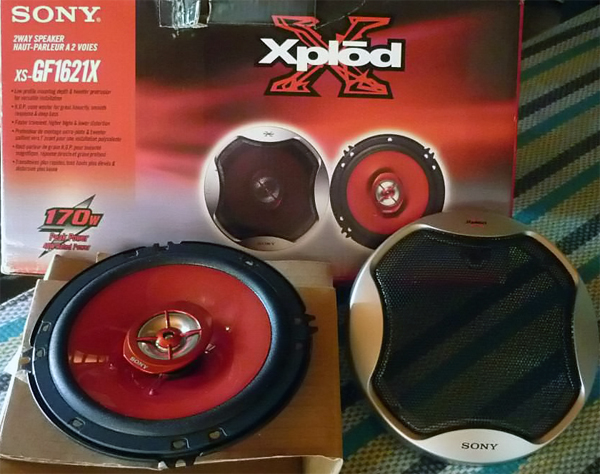
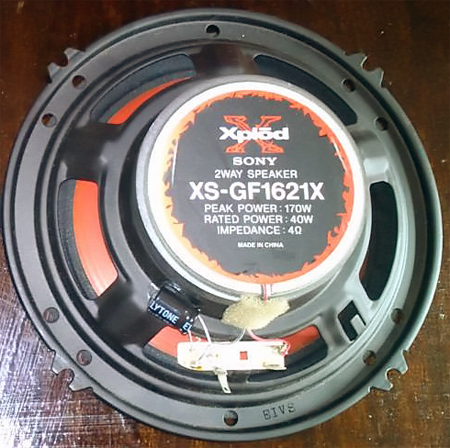
| Calibra CAN21X tweeters and Crossover | ||
| Model | Calibra CAN21X tweeters and Passive Crossover | |
| Features | ||
| Tweeters with Passive crossover | ||
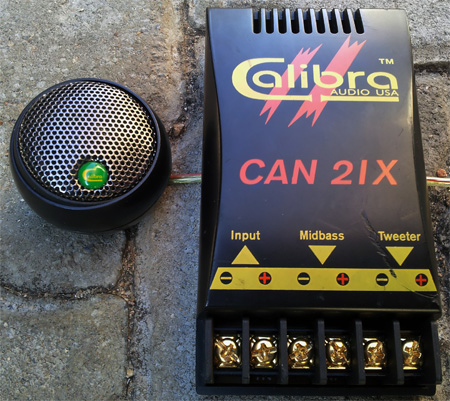
| Infinity 605CS | ||
| Model | Infinity Reference 605CS Component speaker system | |
| Features | ||
| 6.5" Mids | ||
| Silk Dome Tweeters | ||
| 90W RMS | ||
| 270W PMPO | ||
| Passive crossovers | ||
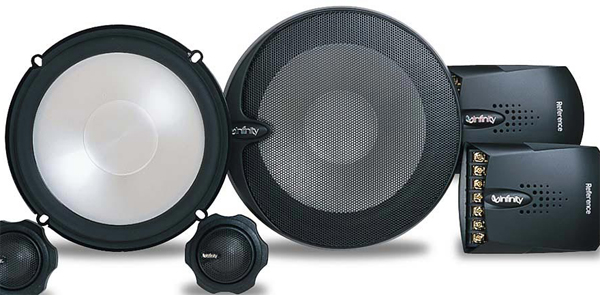
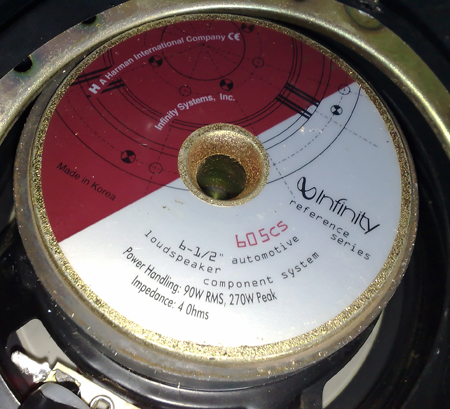
| Pioneer TS-A6977 | ||
| Model | Pioneer TS-A6977 6x9" Coaxial 4-Way | |
| Features | ||
| 60W RMS | ||
| 220W PMPO | ||
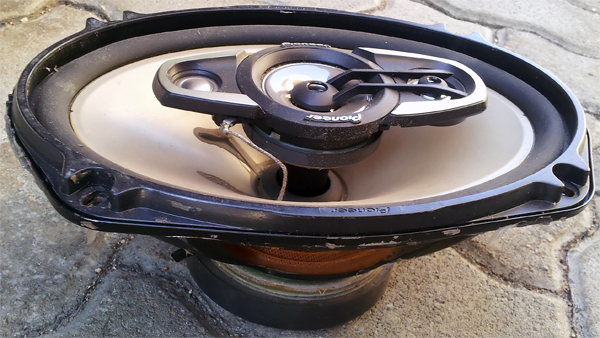
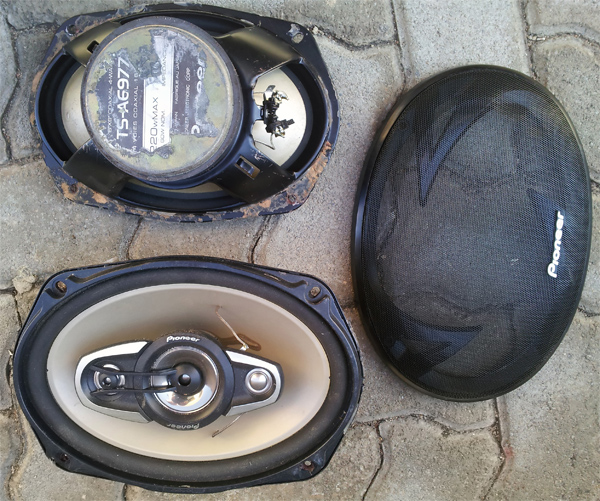
| Blaster ABV 155W | ||
| Model | Blaster ABV 155W 15" Subwoofer | |
| Features | ||
| 200W RMS, 4 Ohm speaker | ||
| 800W PMPO | ||
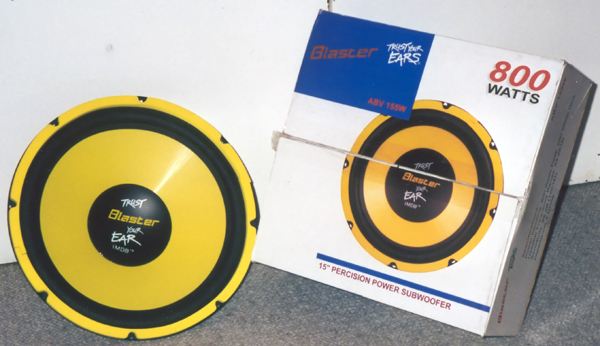
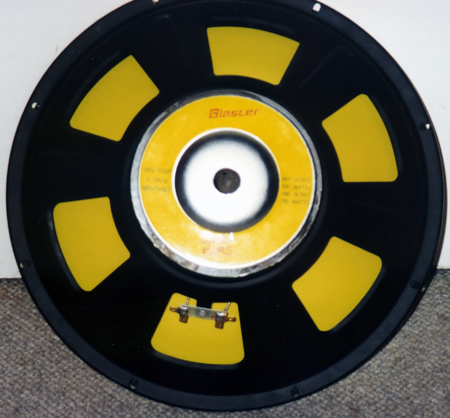
| Pioneer TS-W303C | ||
| Model | Pioneer TS-W303C 12" Subwoofer | |
| Features | ||
| 160W RMS, 4 Ohm speaker | ||
| 500W PMPO | ||
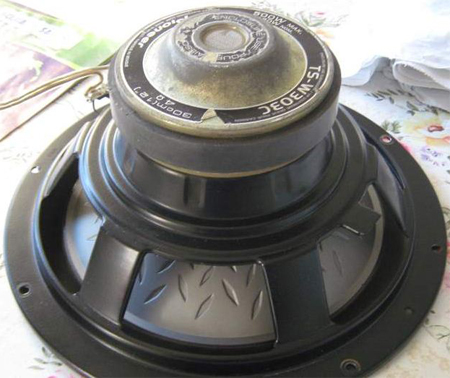
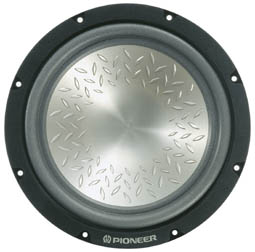
| Blaster S14100A | ||
| Model | Blaster S14100A 4 Channel Stereo Amplifier | |
| Features | ||
| 4 channel Stereo | ||
| 100W x 4 RMS | ||
| 400W x 4 PMPO | ||
| Class |
Class AB |
|
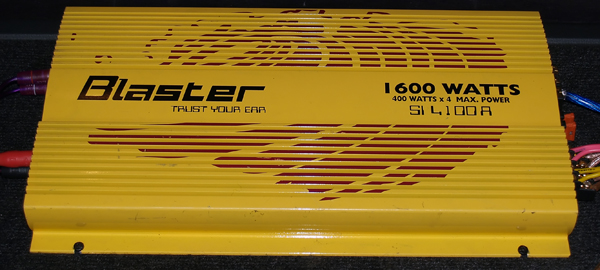
| PWM 200 | ||
| Model | PWM 200 2 Channel Monoblock Amplifier | |
| Features | ||
| Monoblock
Amplifier |
||
| 2 channel 400W PMPO | ||
| Class |
Class AB |
|
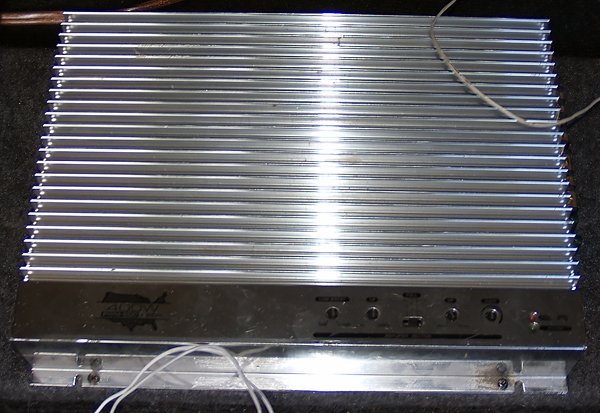
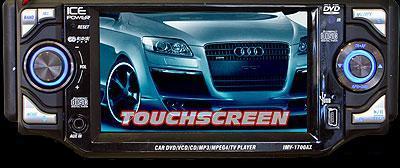
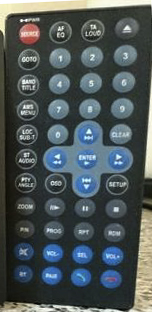

| JBL CS310E | ||
| Model | JBL CS310E 10" 3-way speakers | |
| Features | ||
| 90W
RMS |
||
| 270W
PMPO |
||
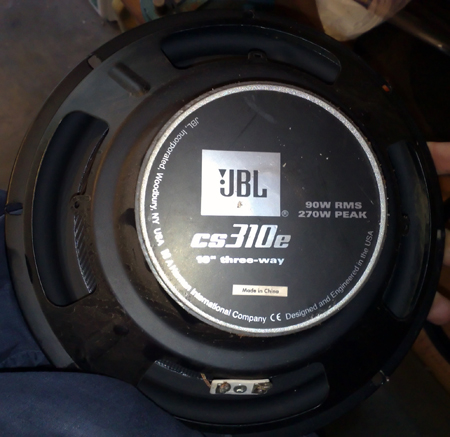
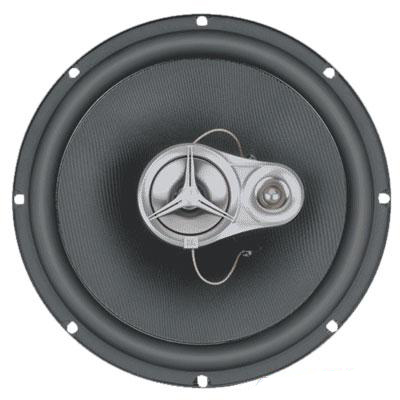
| XTC Slim 10 | ||
| Model | XTC Slim 10 10" Subwoofer | |
| Features | ||
| Slim Fit
Subwoofers |
||
| 130W
RMS |
||
| 400W
PMPO |
||
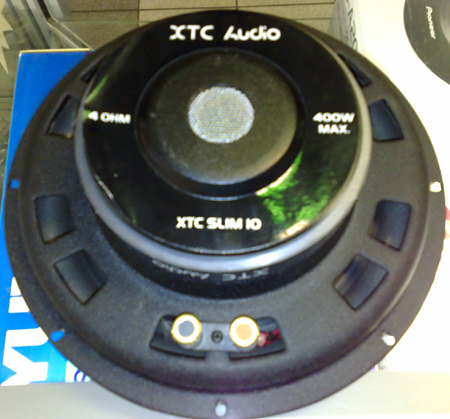
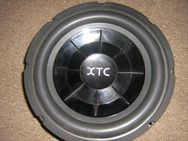
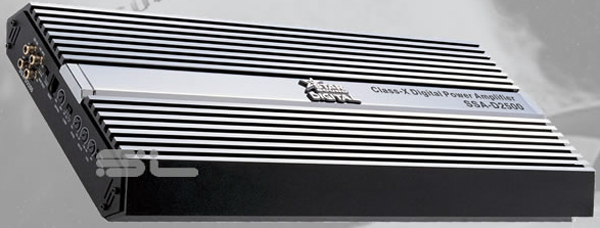



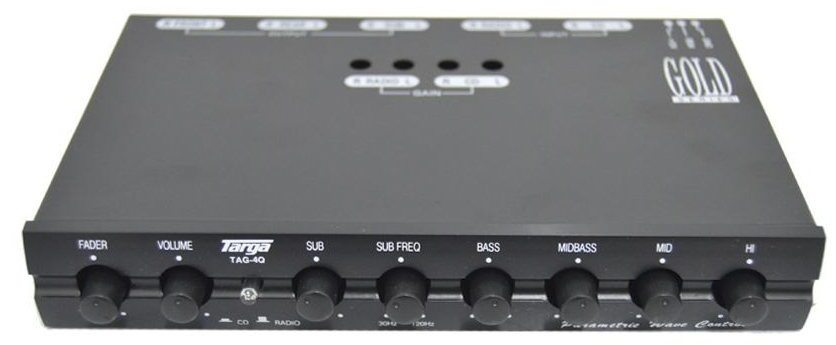
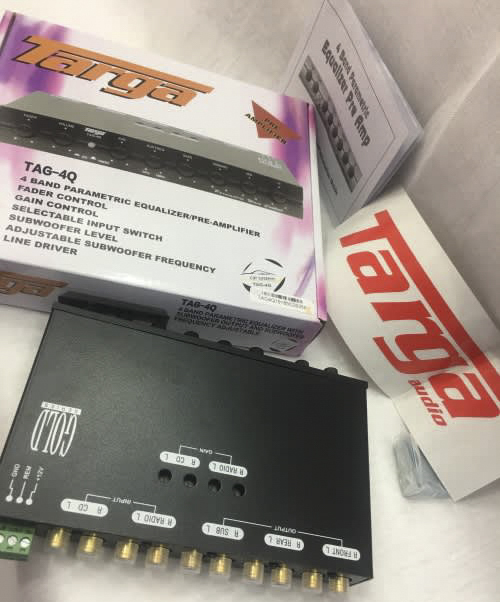
| Audiobank 3Xi | ||
| Model | Audiobank 3Xi Electronic Crossover | |
| Features | ||
| Front,
rear and subwoofer pass |
||
| Remote
Subwoofer gain control |
||
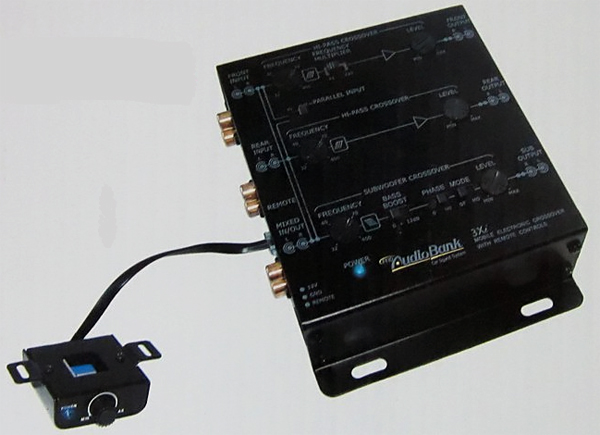
| Audiobank AB-55S | ||
| Model | Audiobank AB-55S 5 Channel Stereo Amplifier | |
| Features | ||
| 5 channel Stereo Amplifier (200W x 4ch + 300W 1ch) | ||
| 200W x
4ch + 300W 1ch (subwoofer channel) |
||
| Class |
Class AB |
|
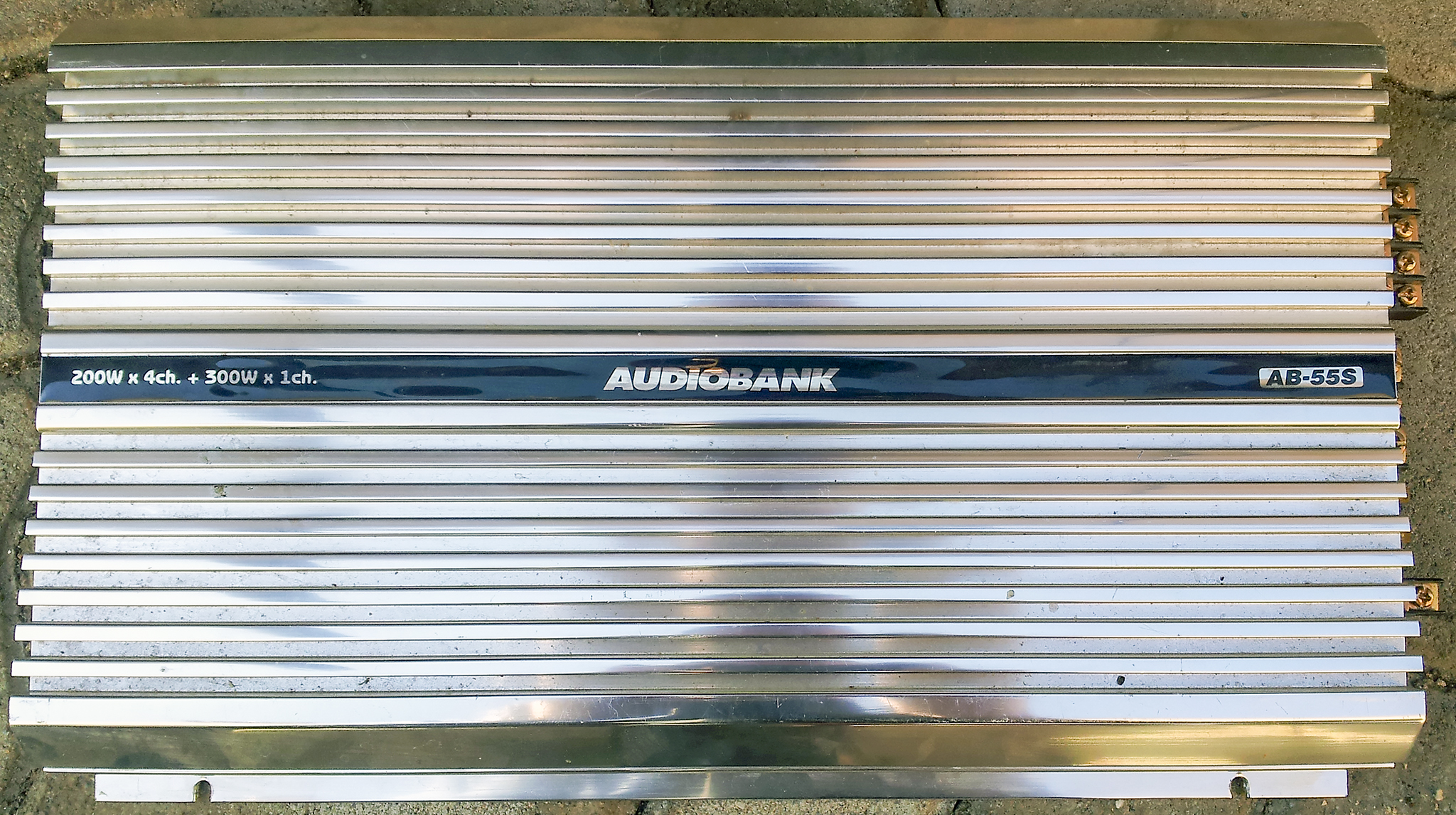

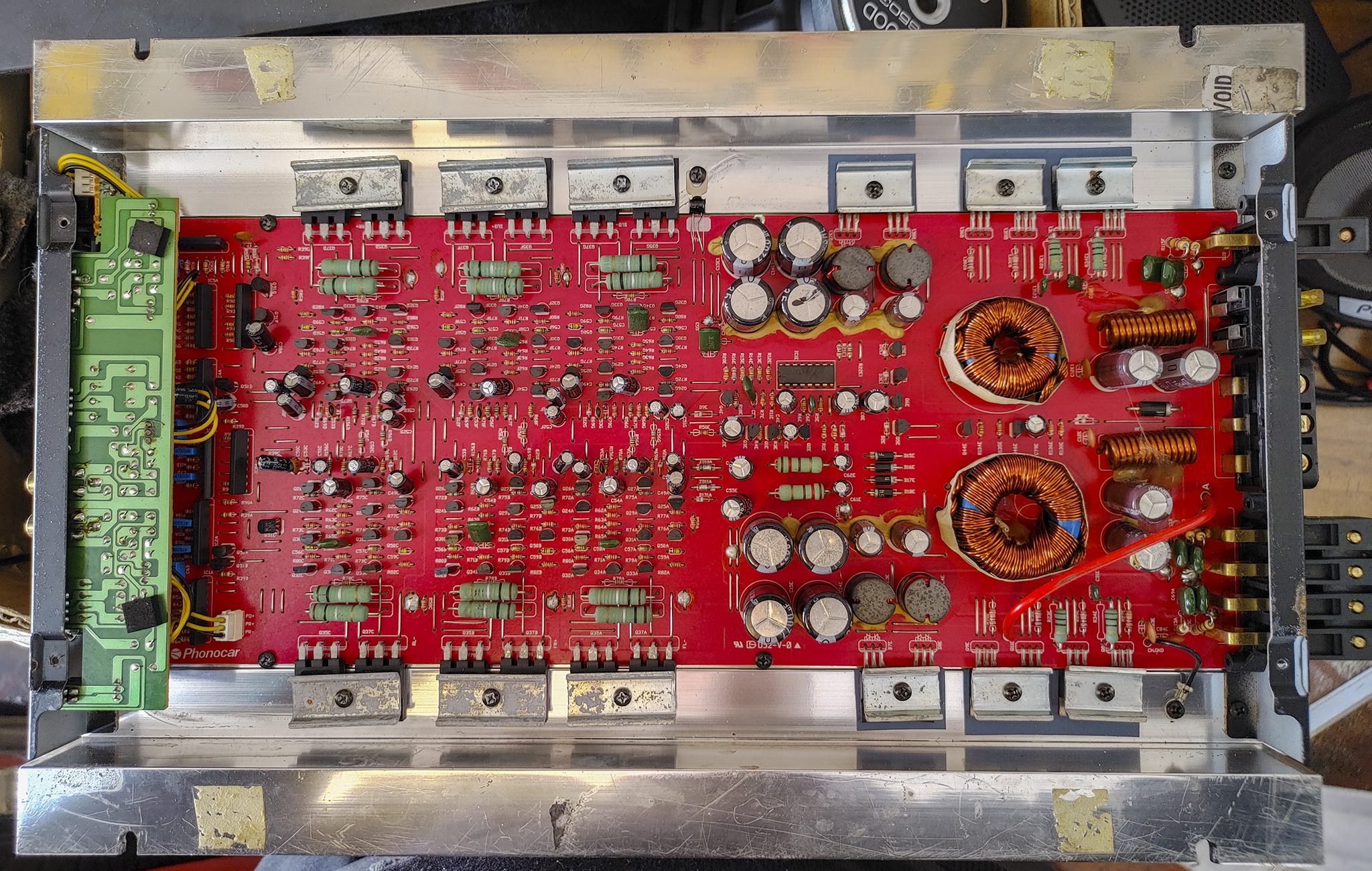

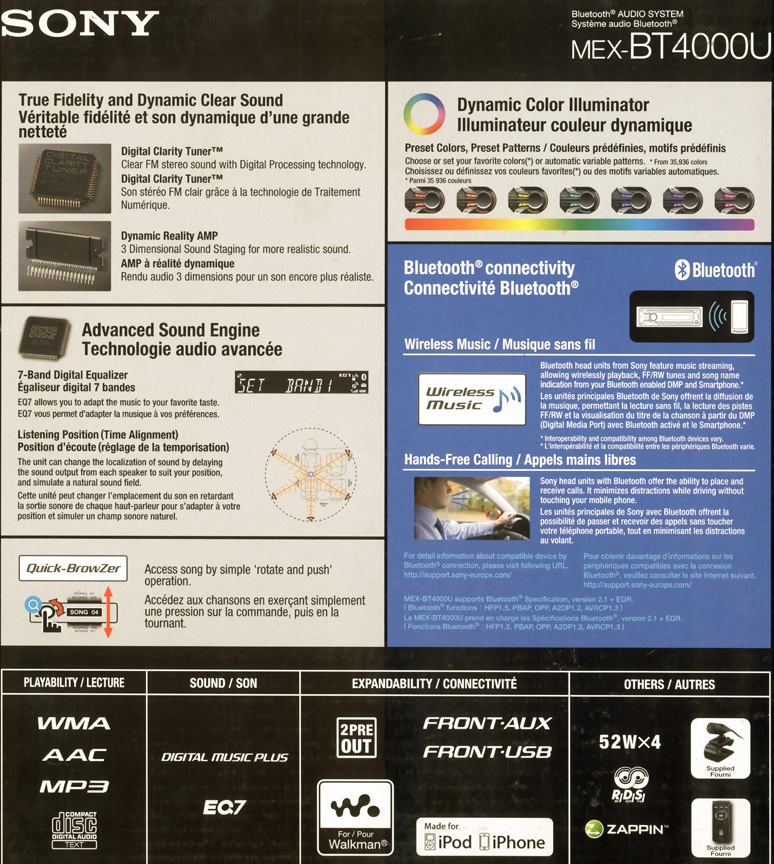
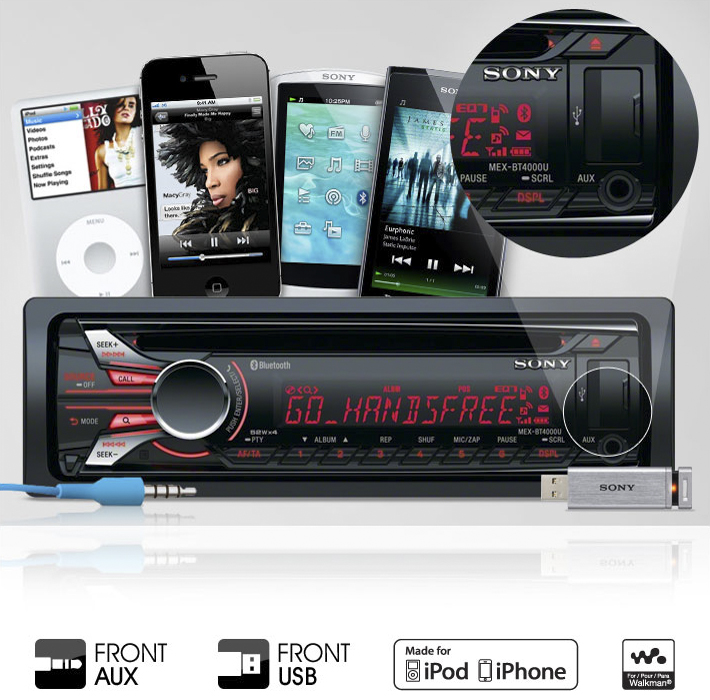
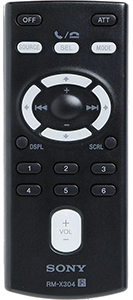
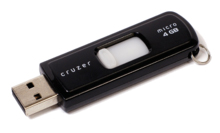
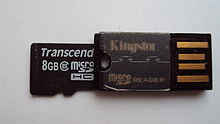
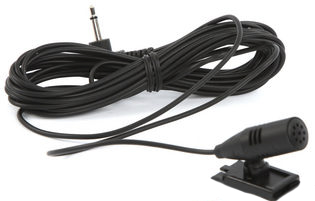
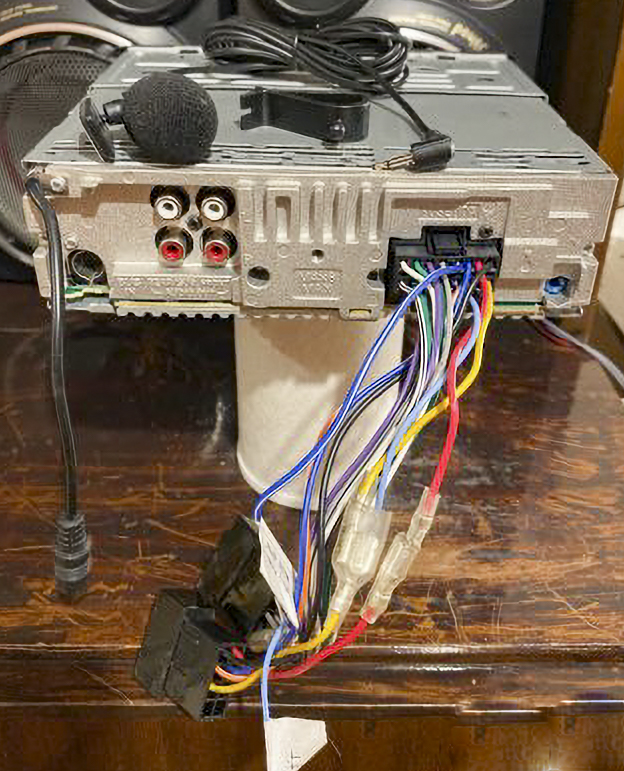
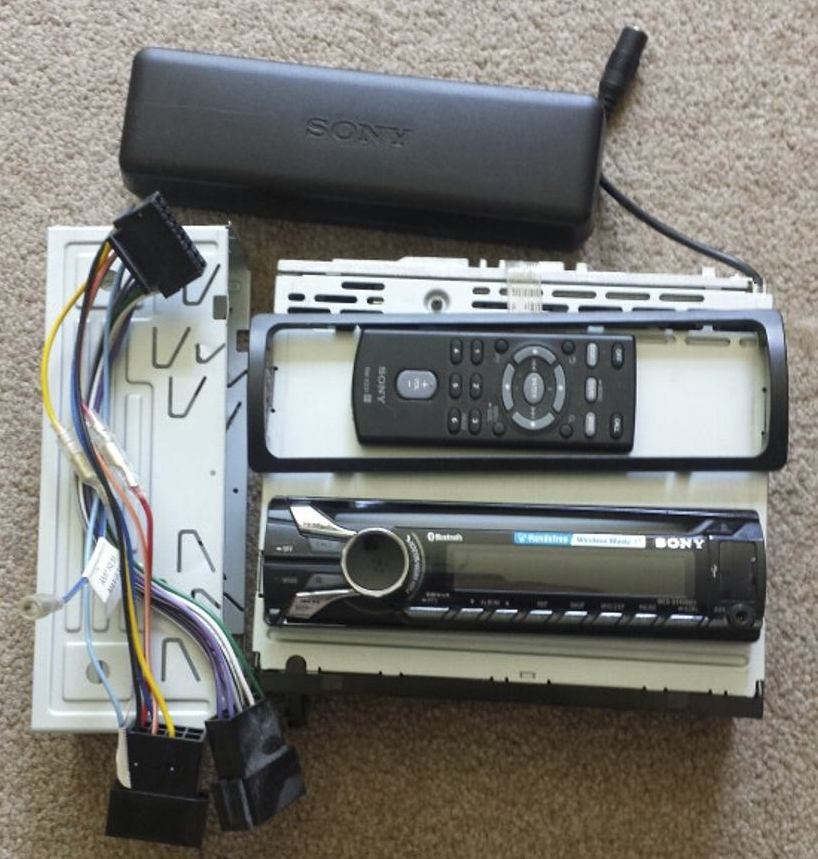
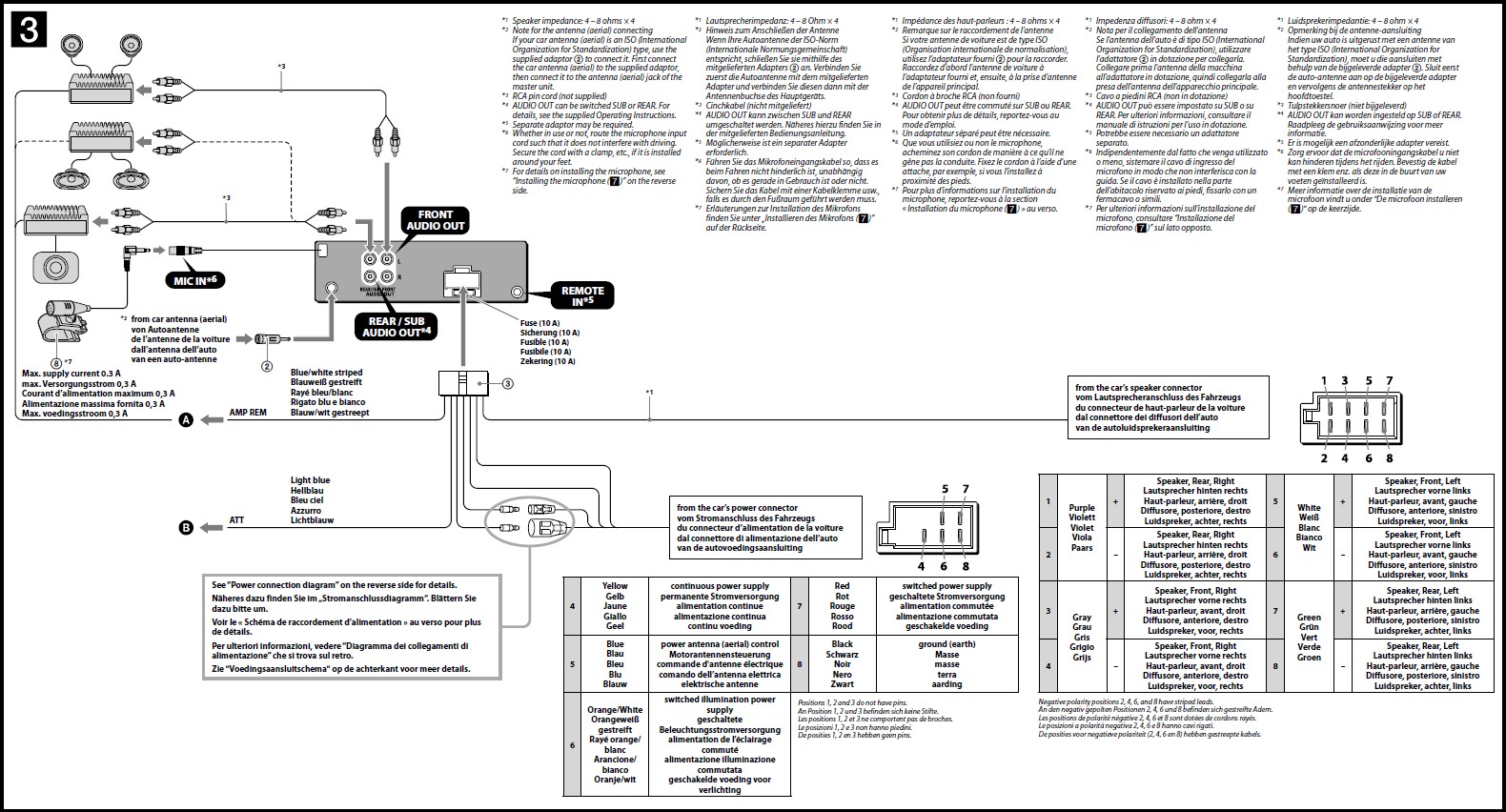
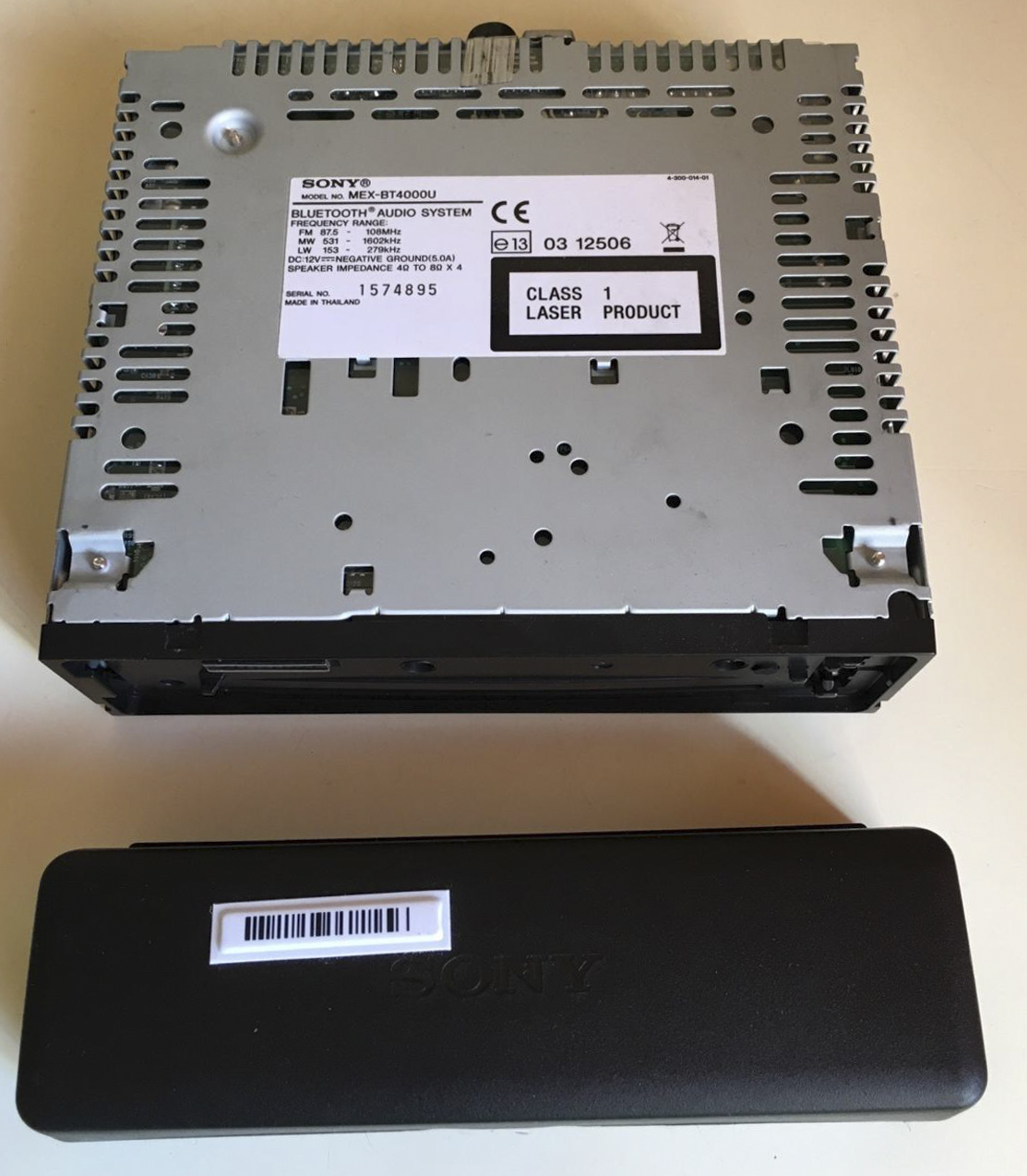

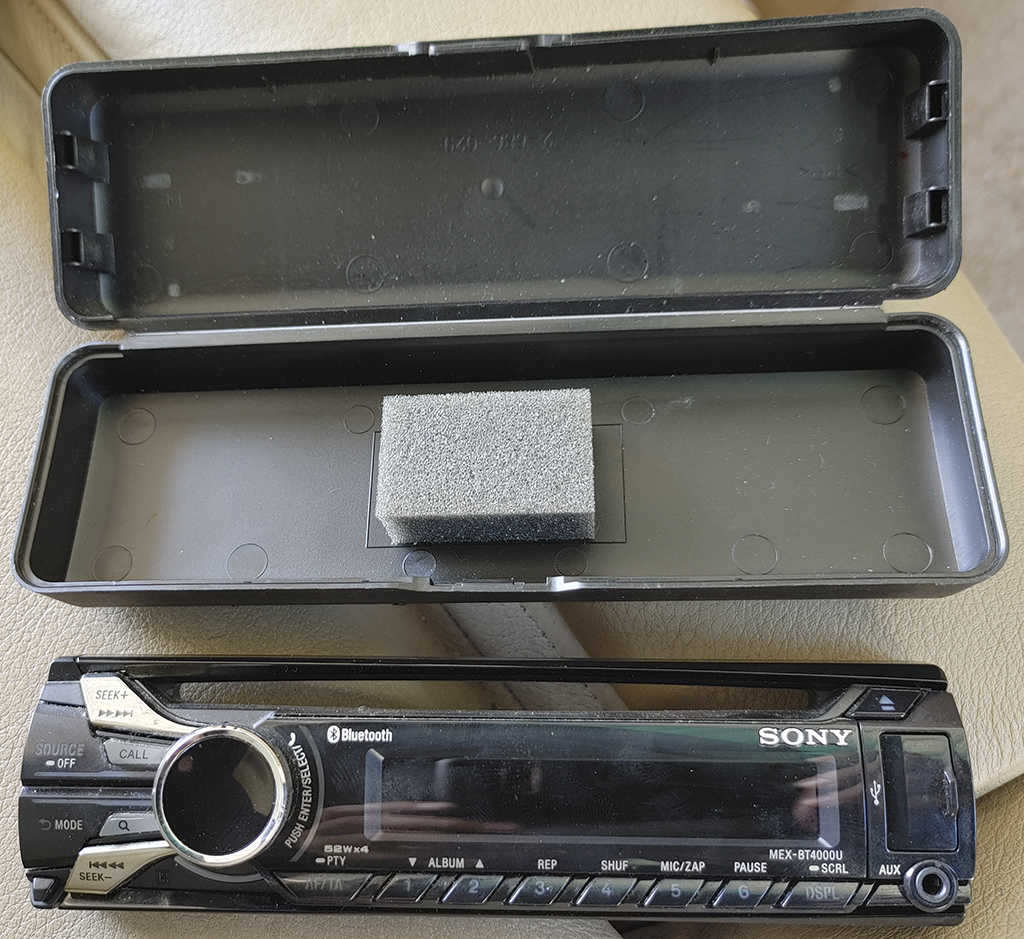

| Targa XXX TG-1524D 15" Subwoofer | ||
| Model | Targa XXX TG-1524D Dual Voice Coil 4ohm 15" Subwoofer | |
| Features | ||
| High
Performance Dual Voice Coil Subwoofer |
||
| 1250W
x 2 RMS |
||
|
|
||
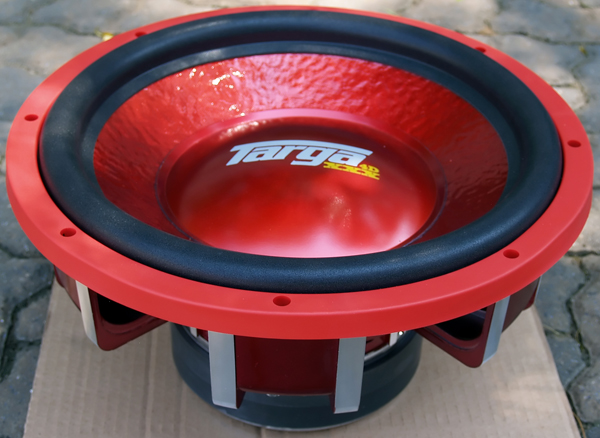
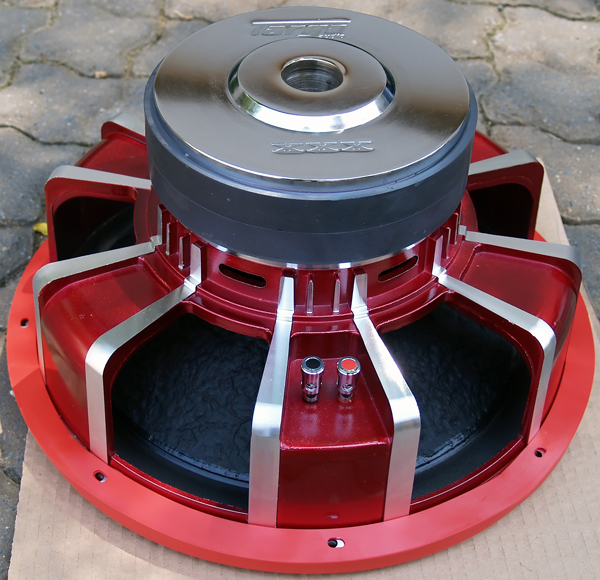
| Q-Pertors 3.0 Farad Capacitor | ||
| Model | Q-Pertors 3.0 Farad Capacitor | |
| Features | ||
| Auto
turn-on/off, 12 to 16Volt, 20Volt
Surge, DC Voltage Meter |
||
|
|
||
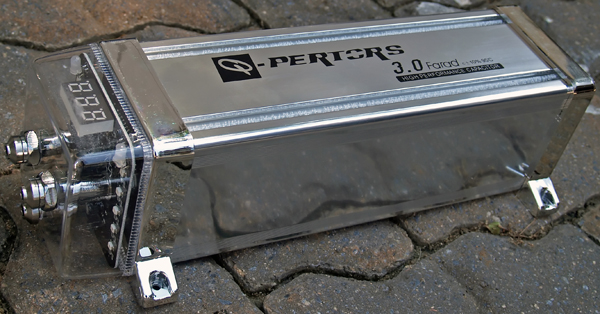
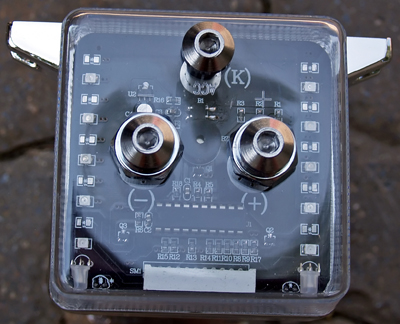

| Audiobank Hennessy AB-25 | ||
| Model | Audiobank Hennessy AB-25 2 Channel Stereo Amplifier | |
| Features | ||
| 2 channel Stereo Amplifier (100W RMS x 2ch, 200W PMPO x 2ch) | ||
| |
||
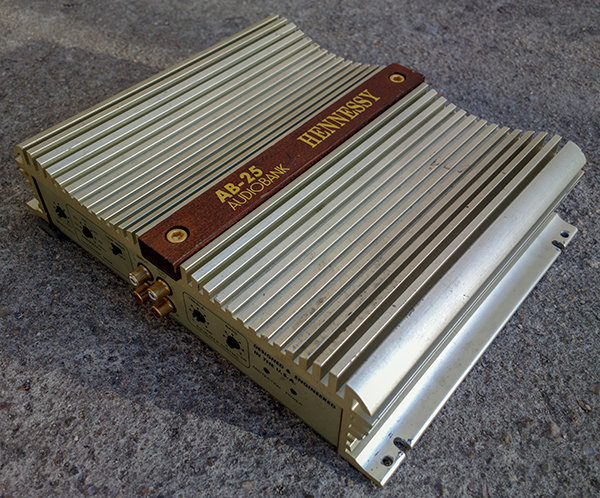
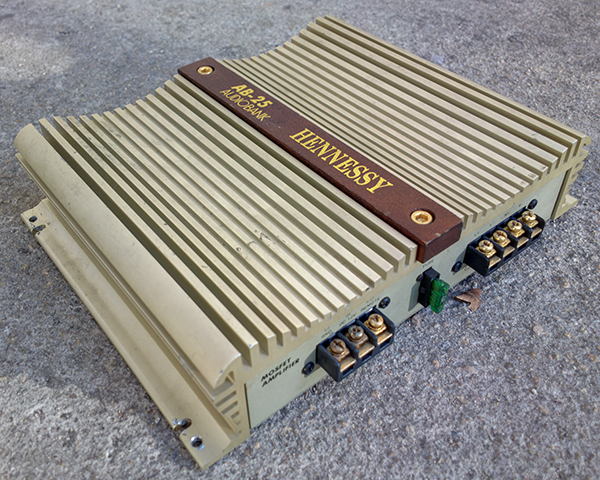


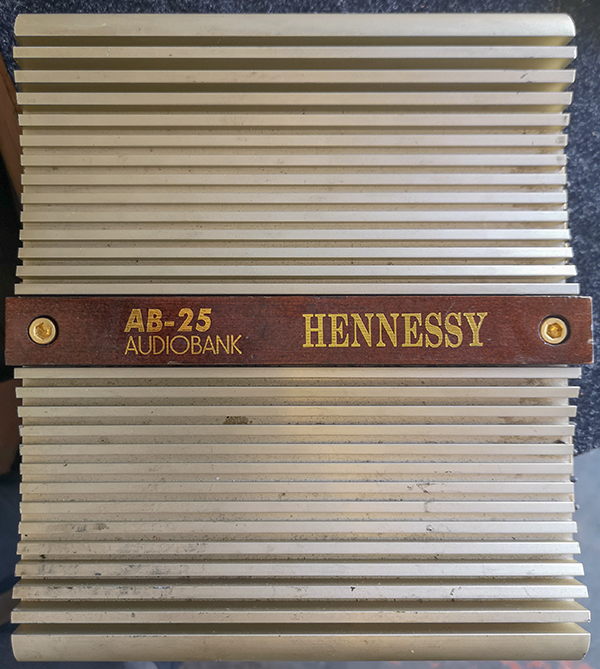
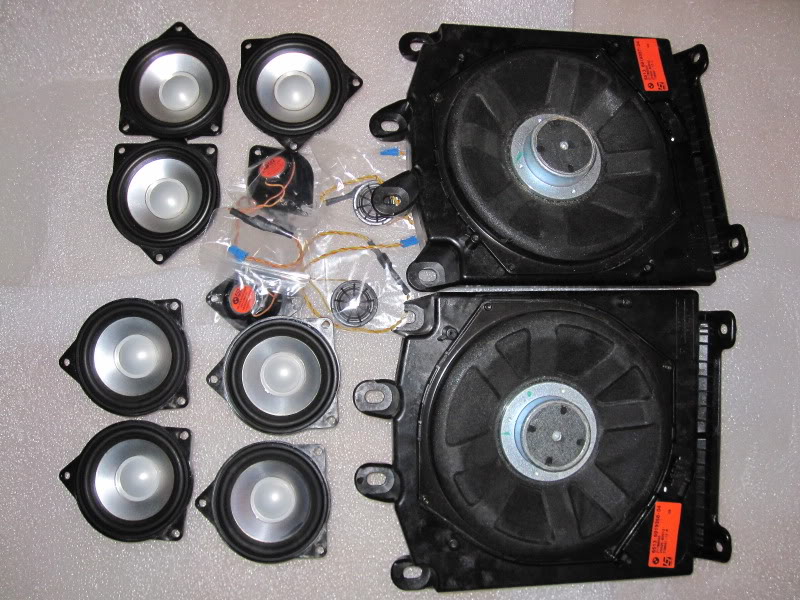
| Kenwood KFC-S503P | ||
| Model | Kenwood PS Series KFC-S503P 5.12" Component speaker system | |
| Features | ||
| 5.12" Mids | ||
| 1" Soft Dome Tweeters | ||
| 45W RMS | ||
| 240W PMPO | ||
| Inline crossovers | ||
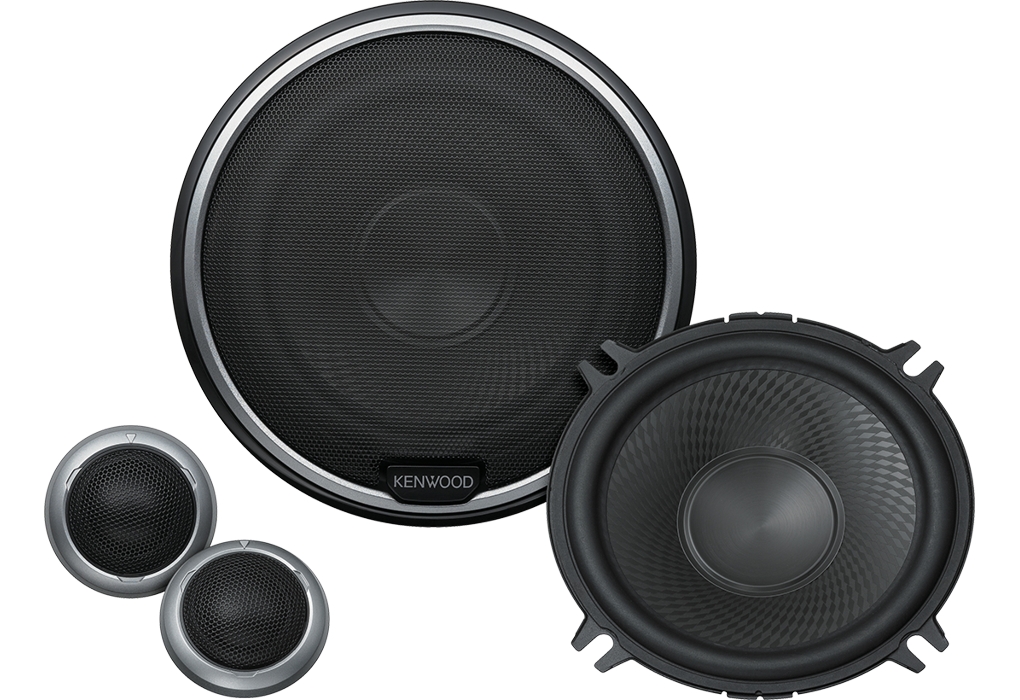
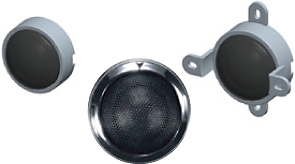
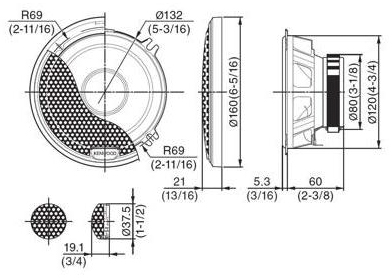
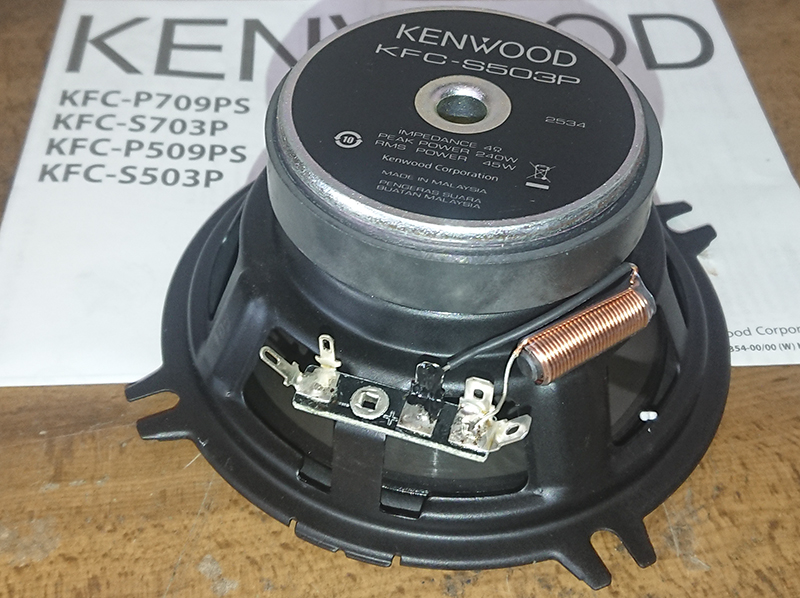
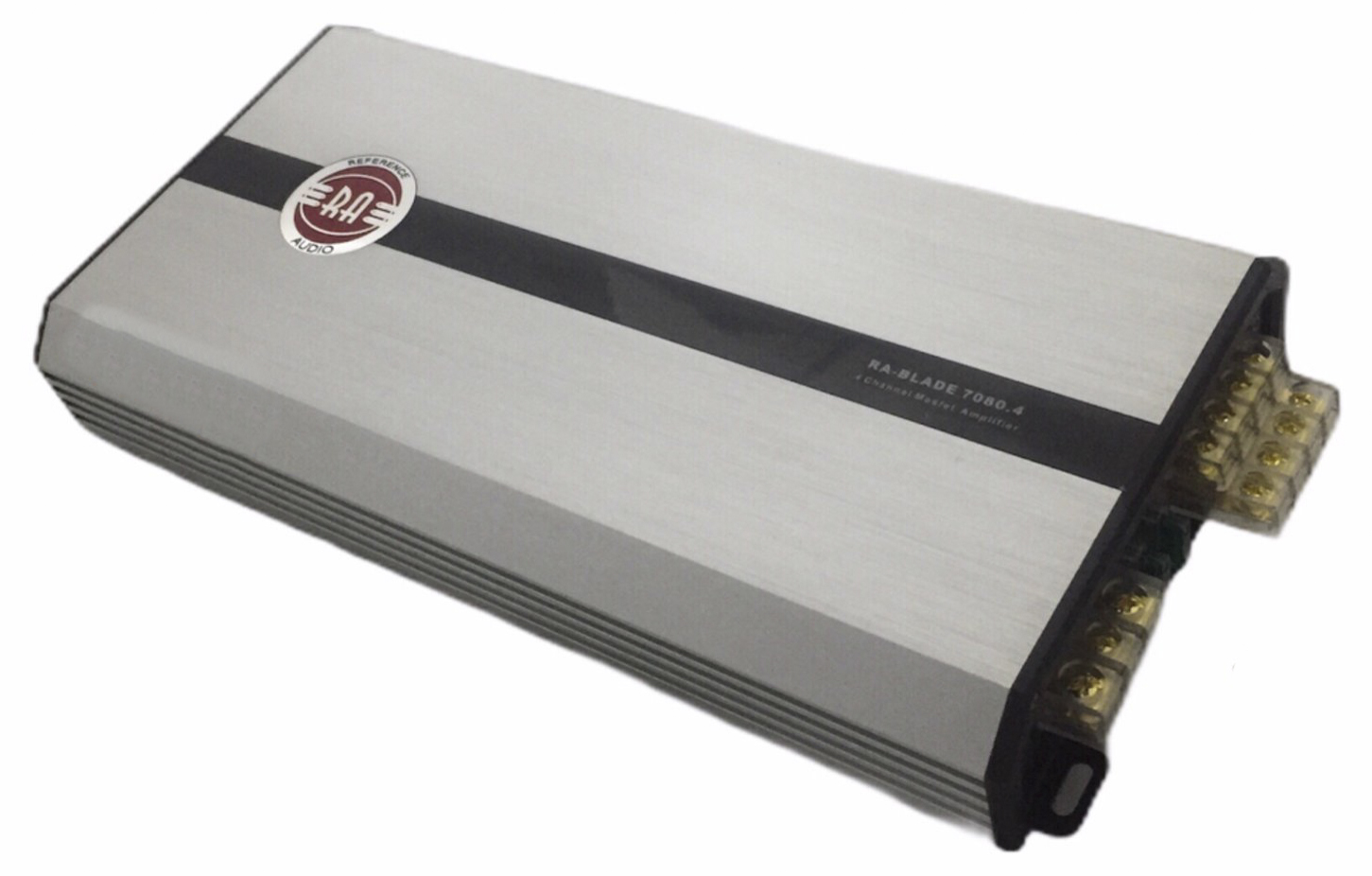
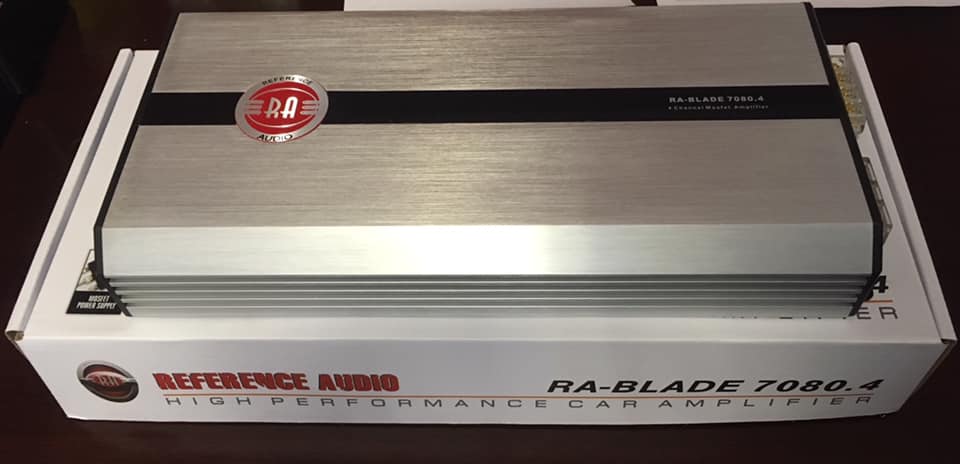
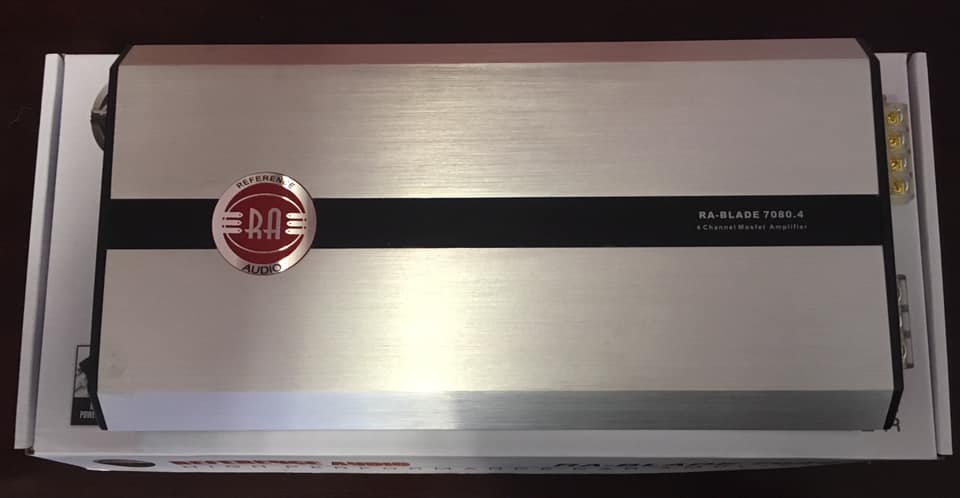
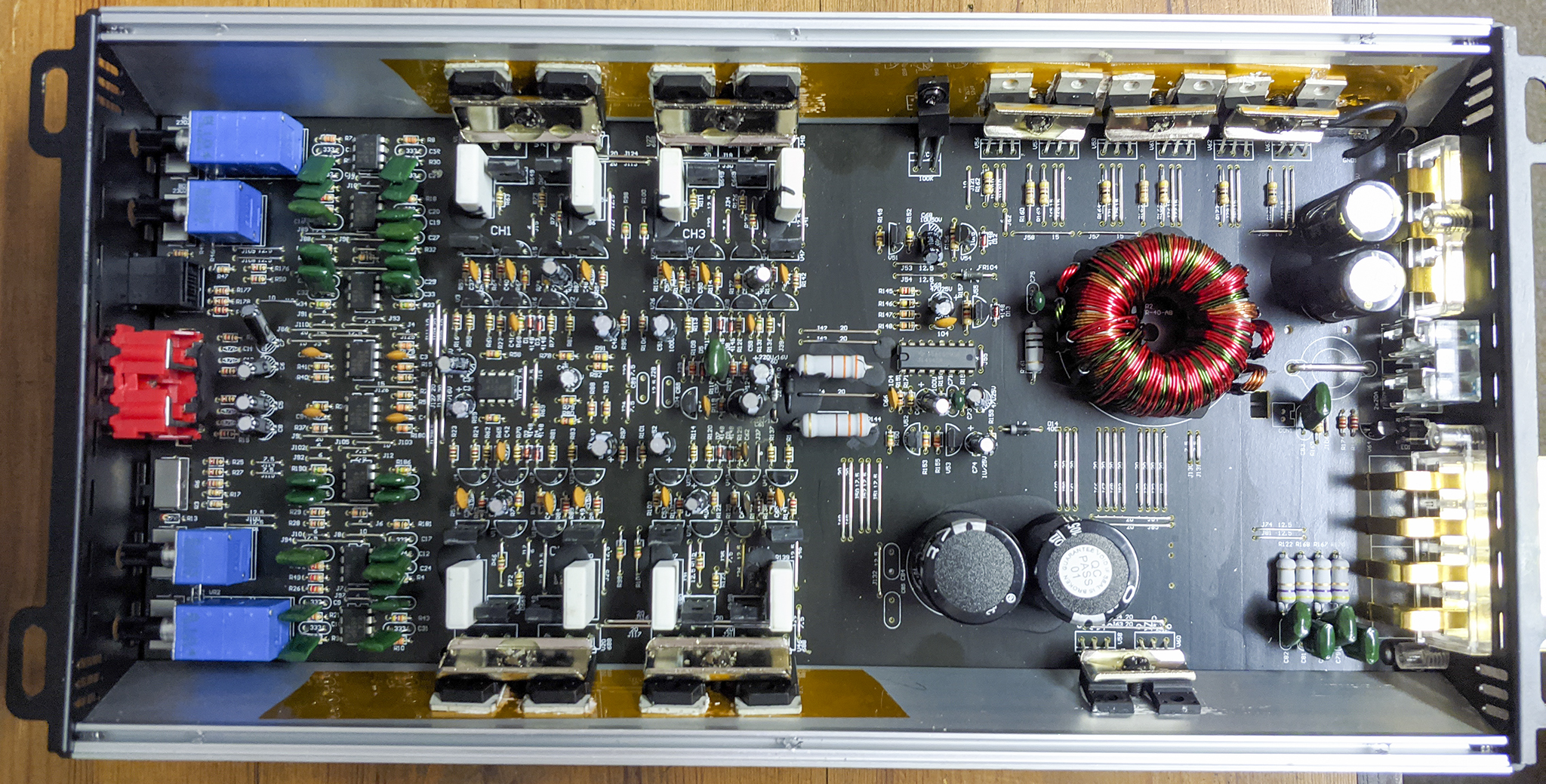
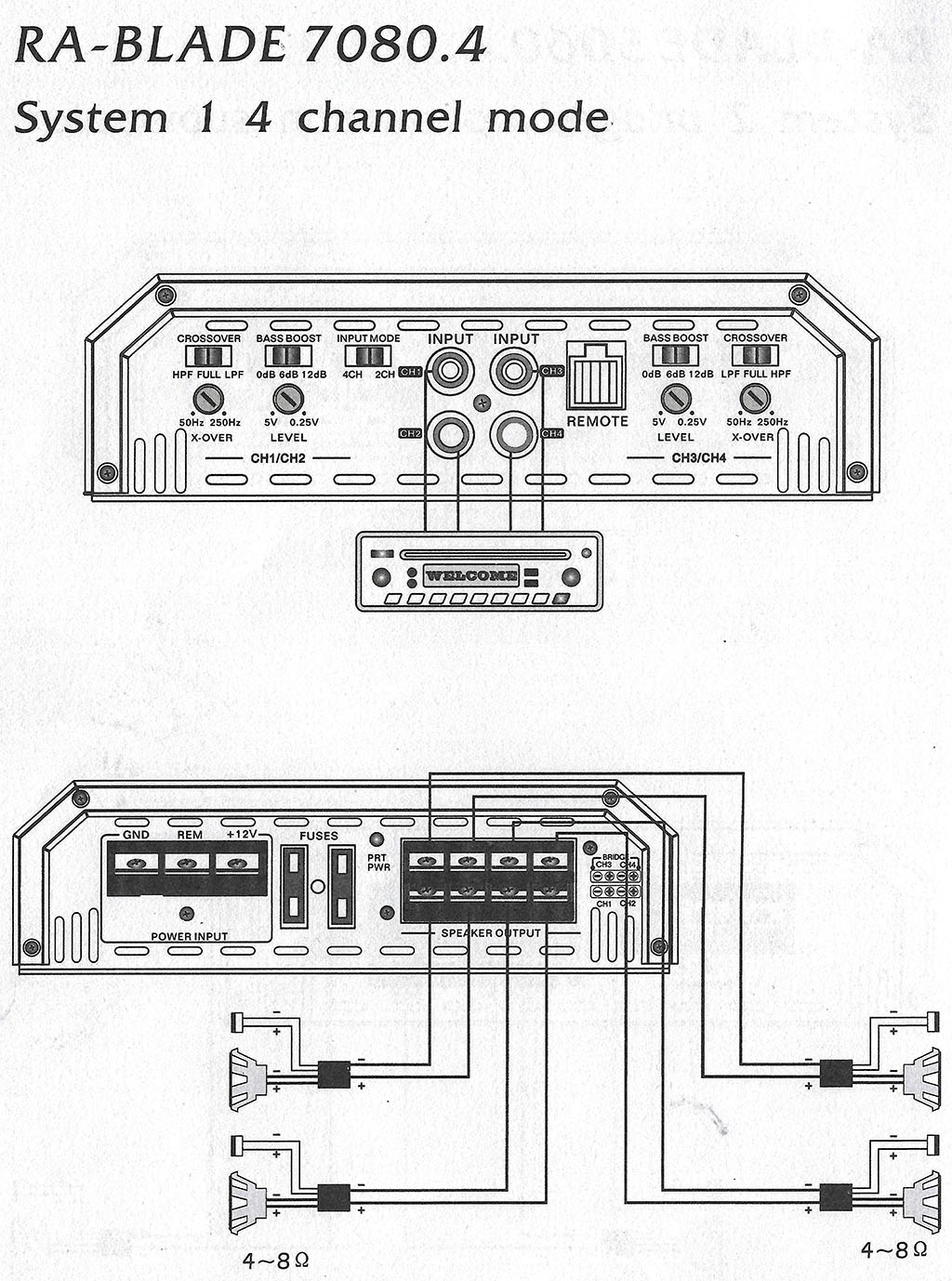
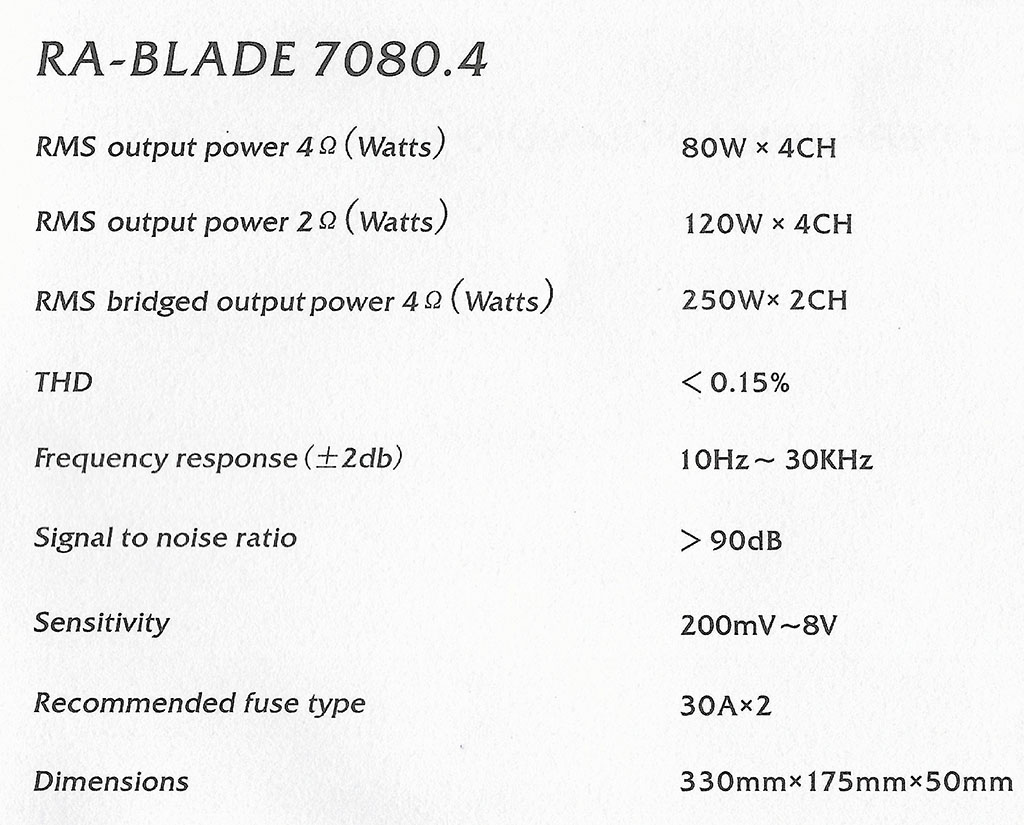
| Pioneer TS-G1315 | ||
| Model | Pioneer TS-G1315 5.25" Dual Cone speaker | |
| Features | ||
| 5.25" Mids | ||
| 25W RMS | ||
| 100W PMPO | ||
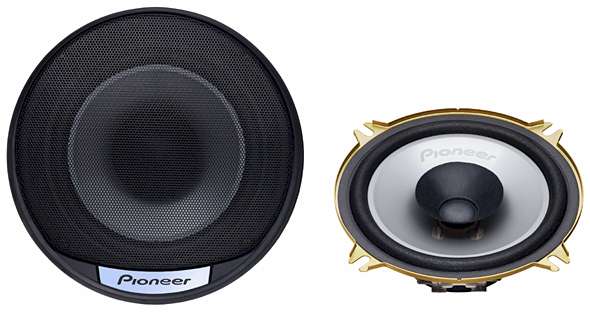
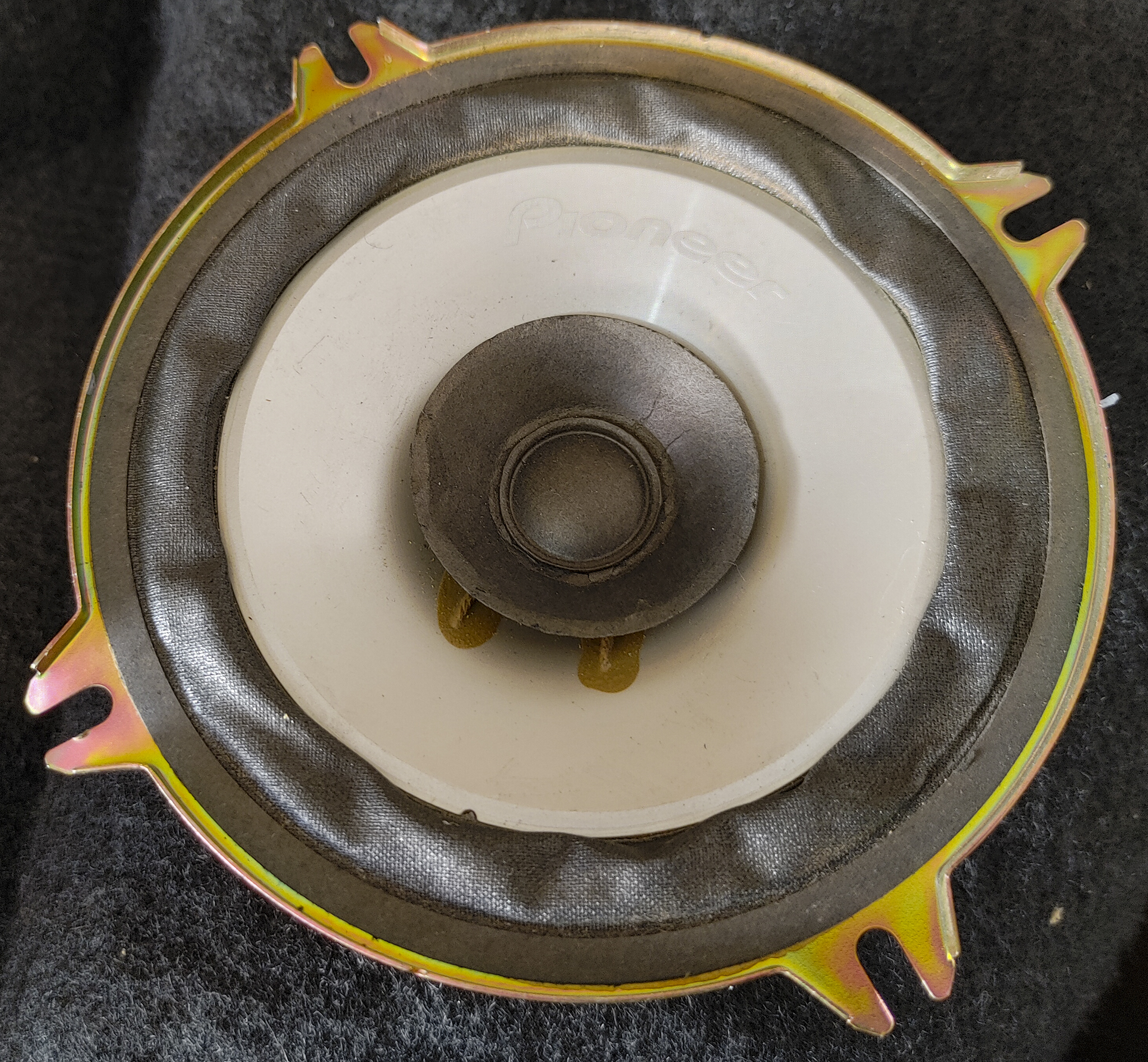
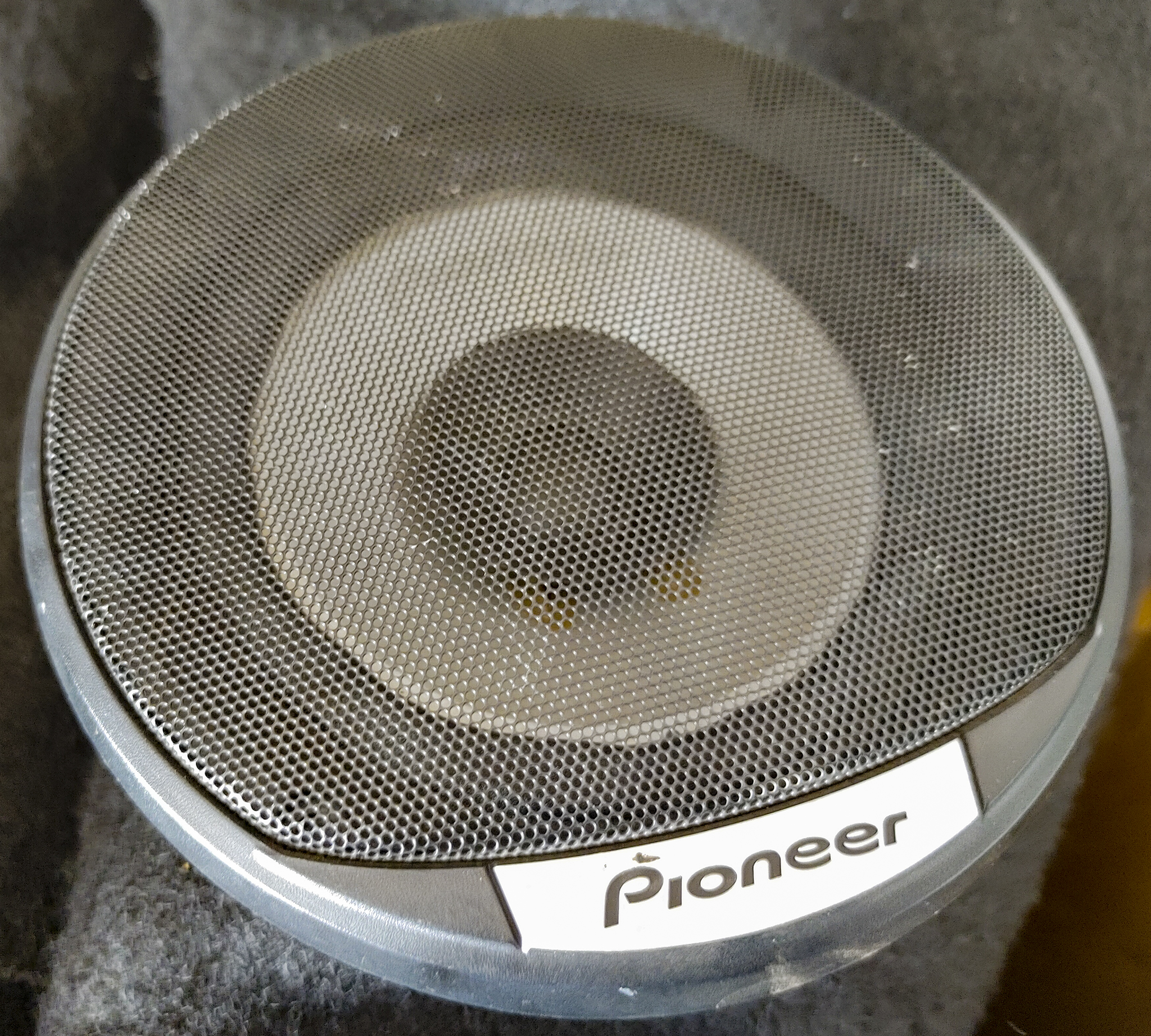
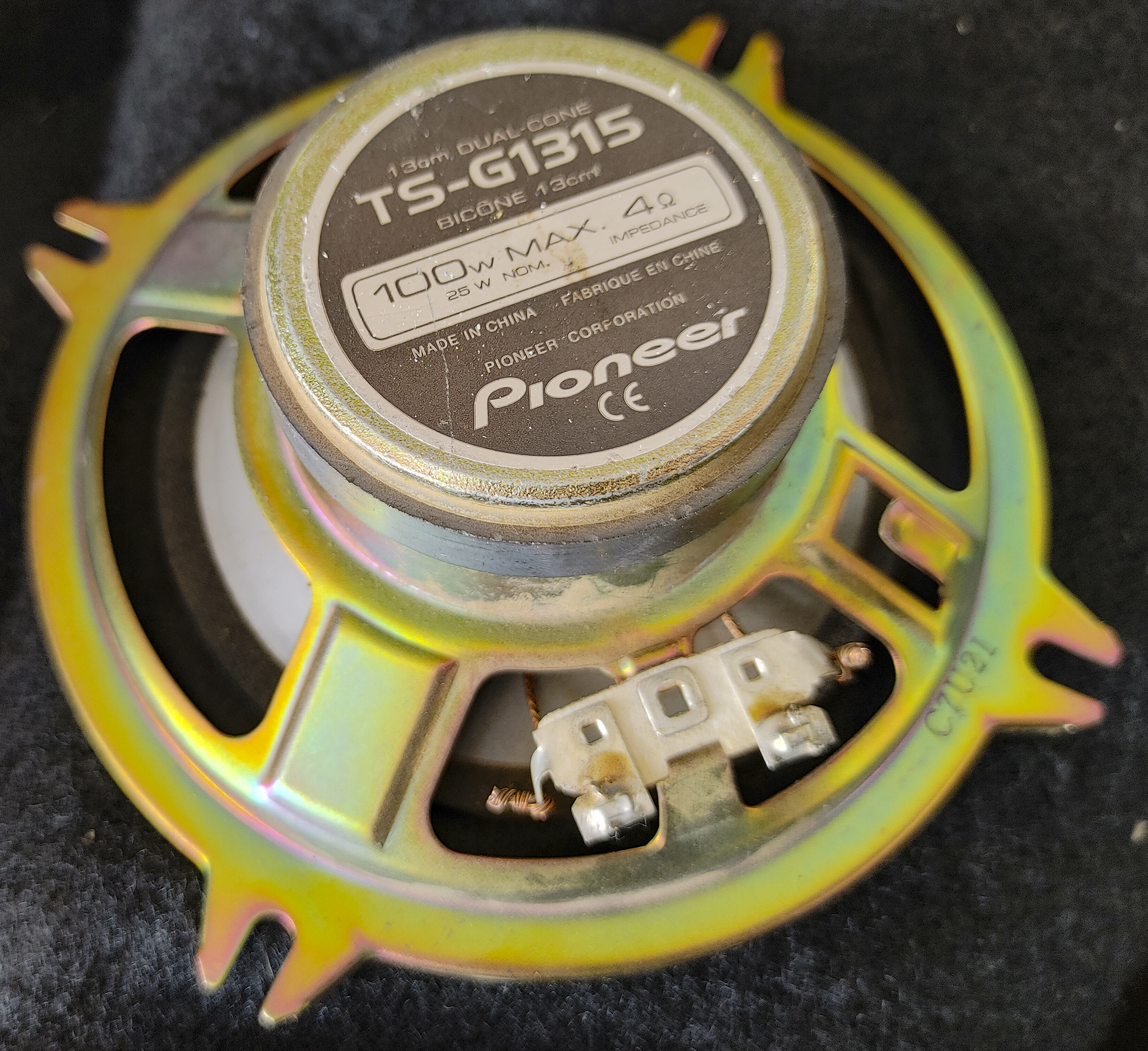
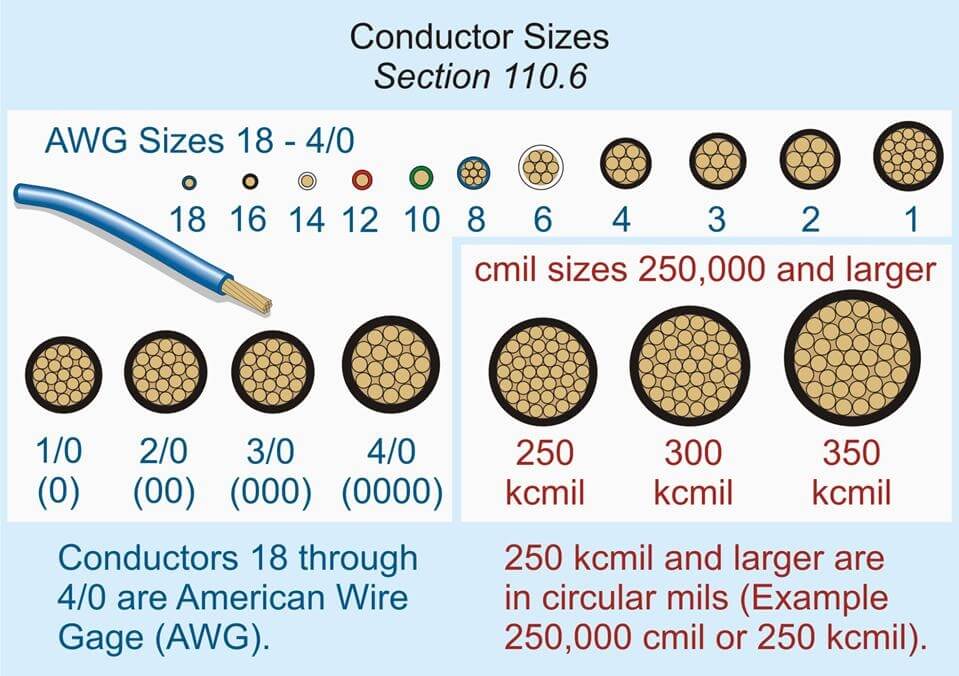
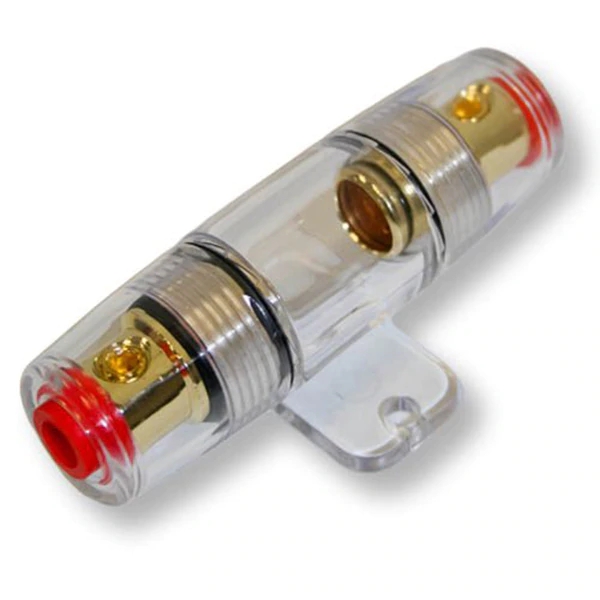
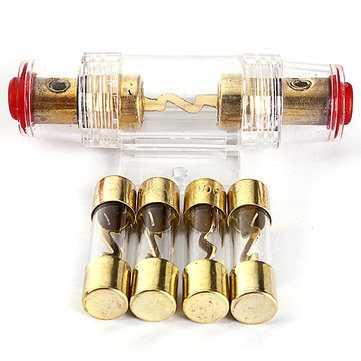
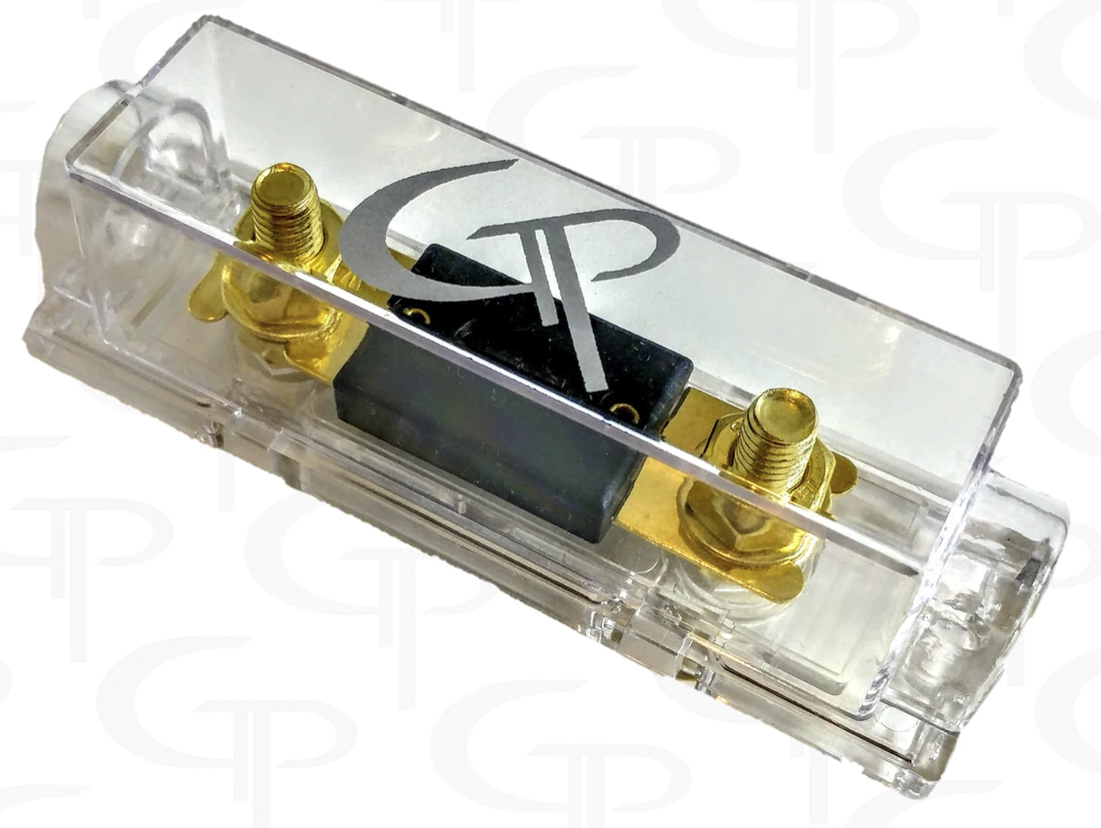

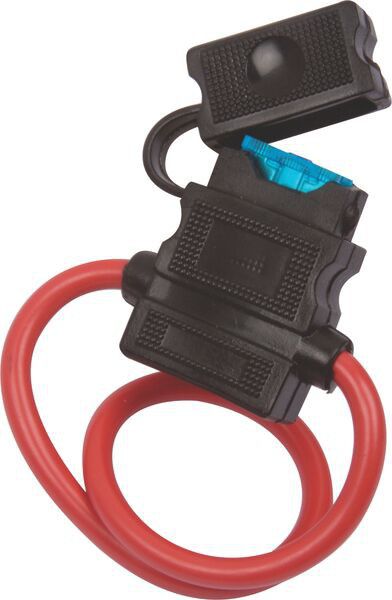
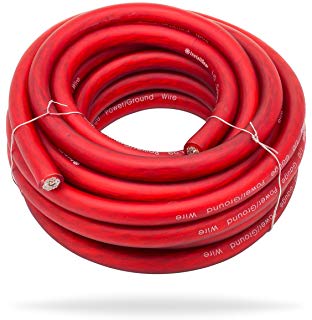
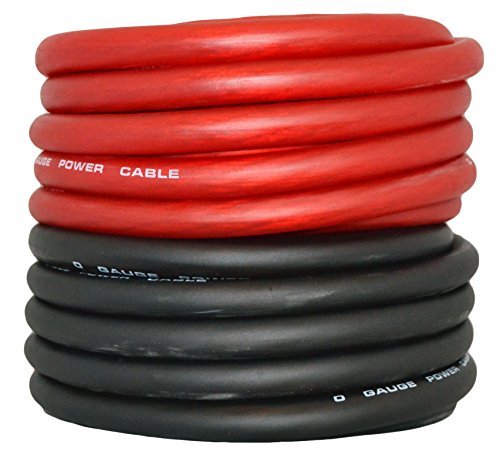
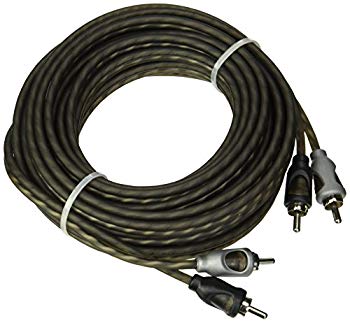
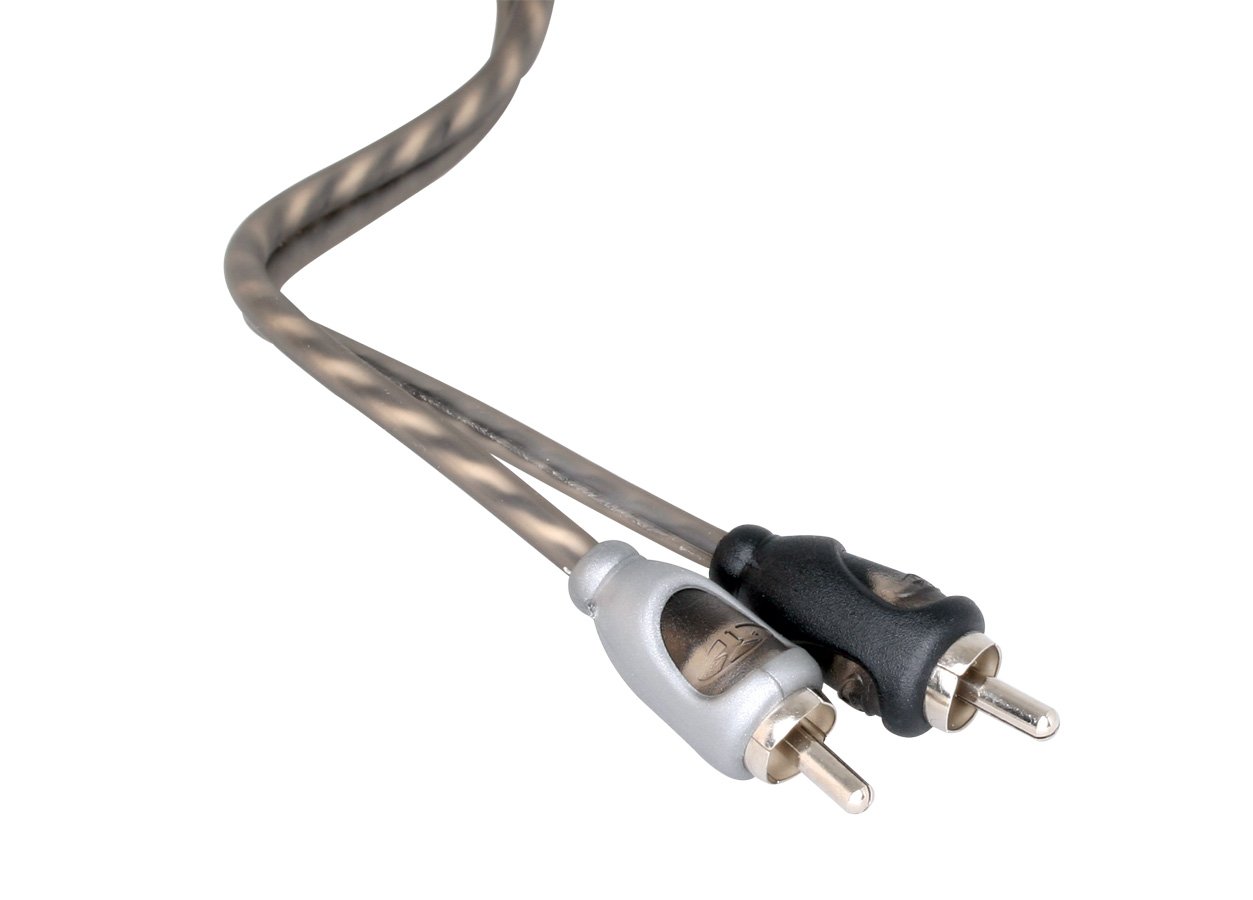
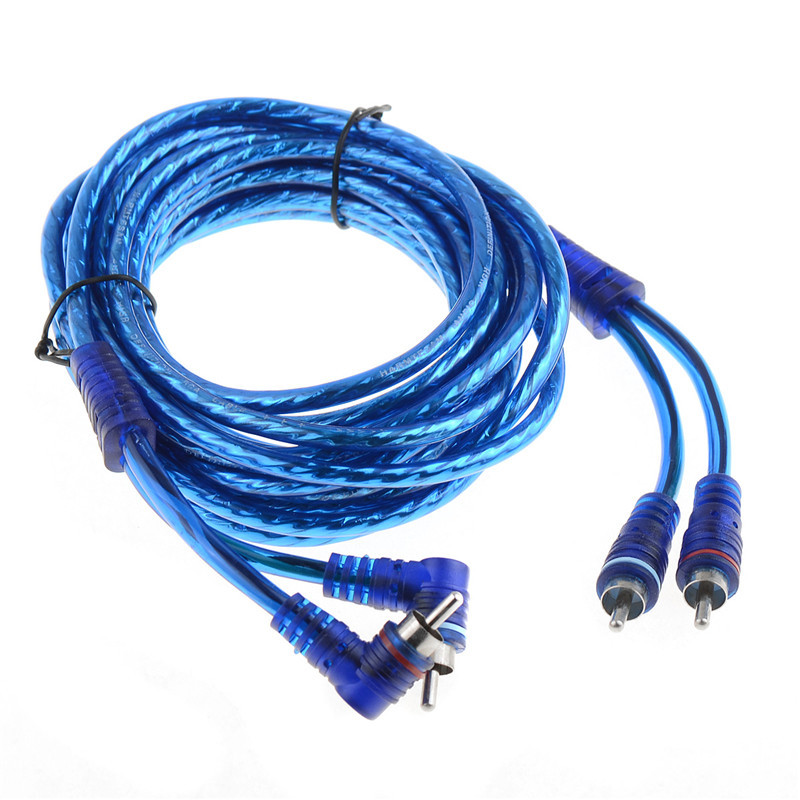
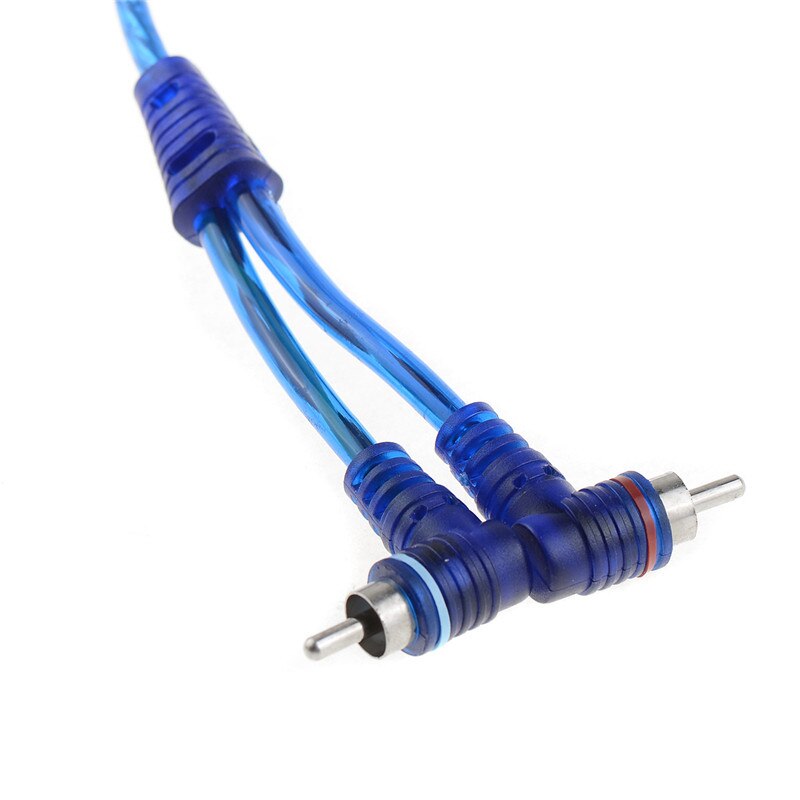
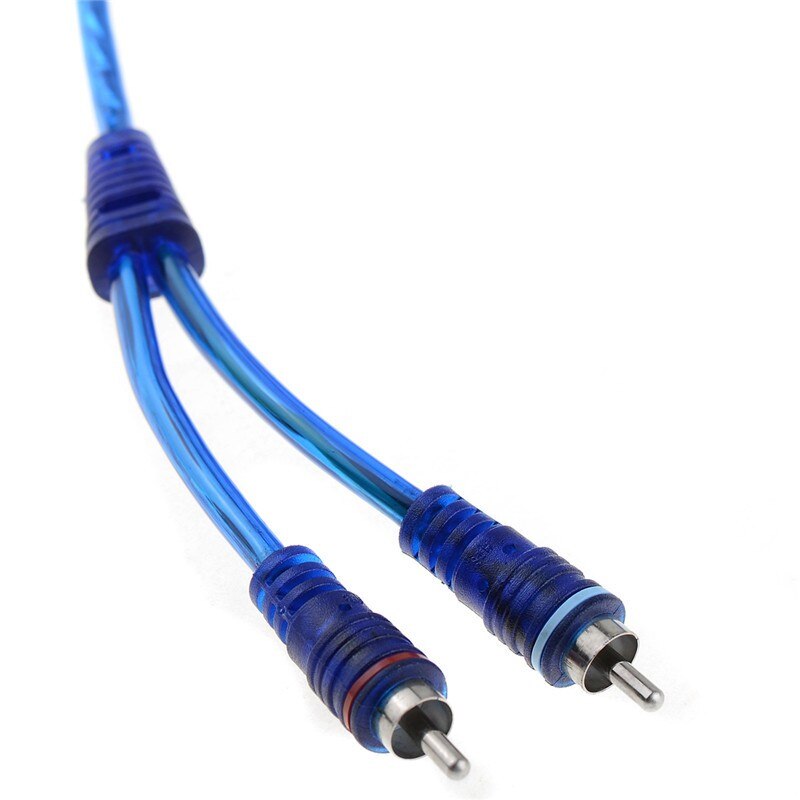
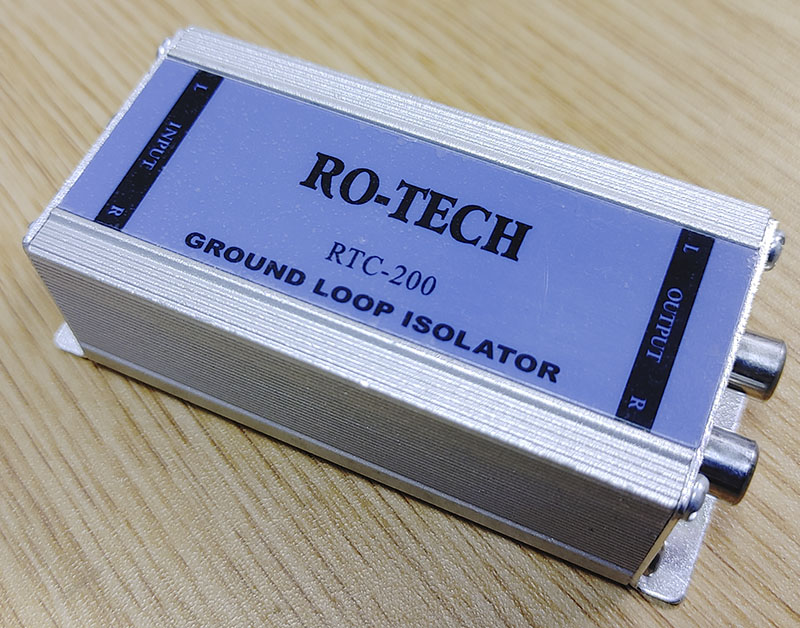
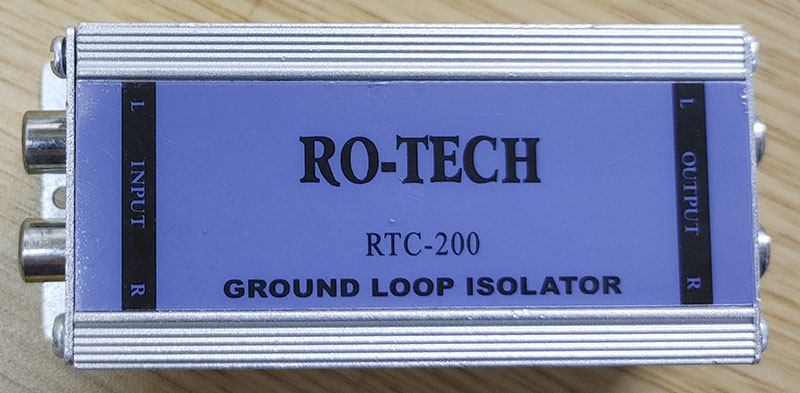
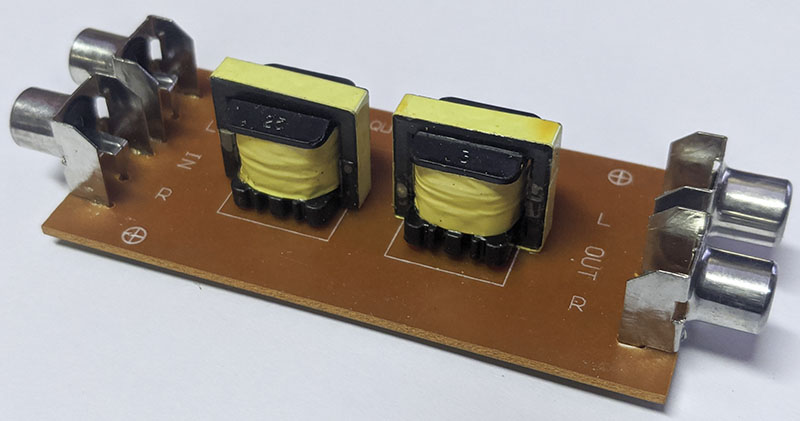
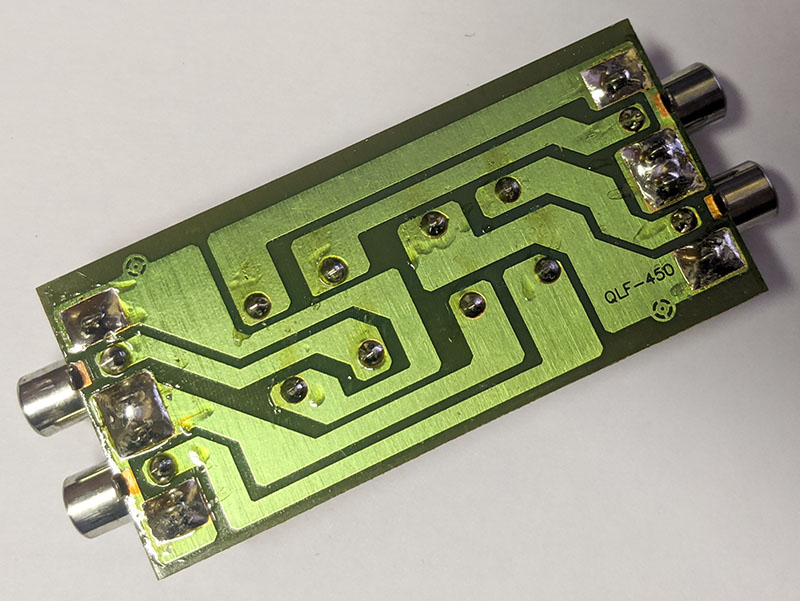
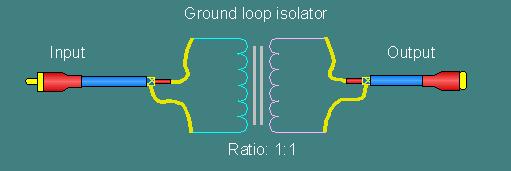
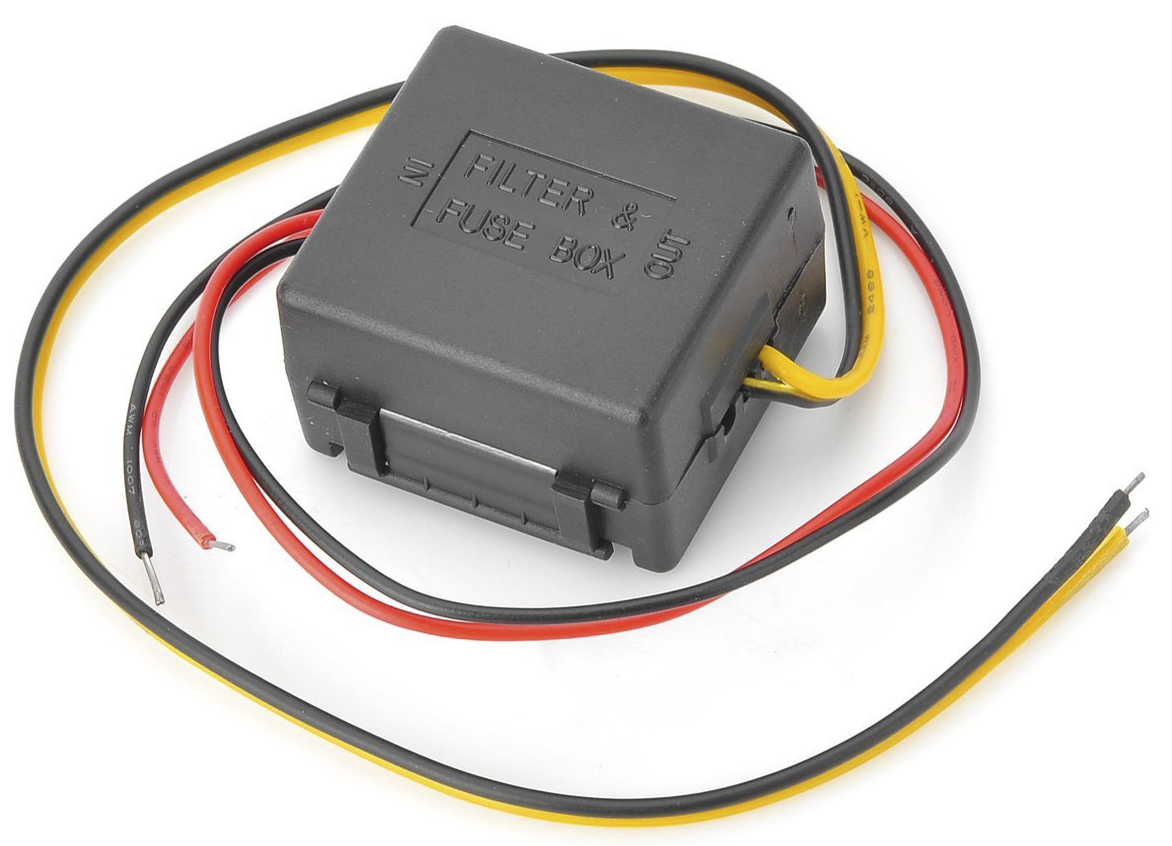
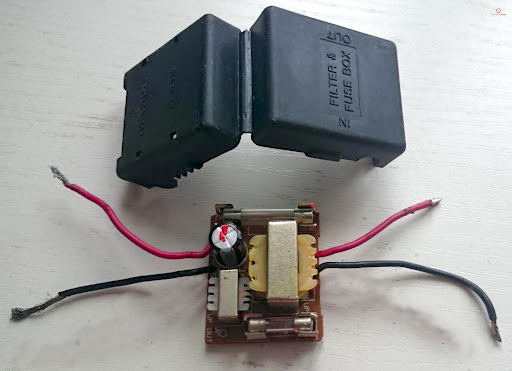
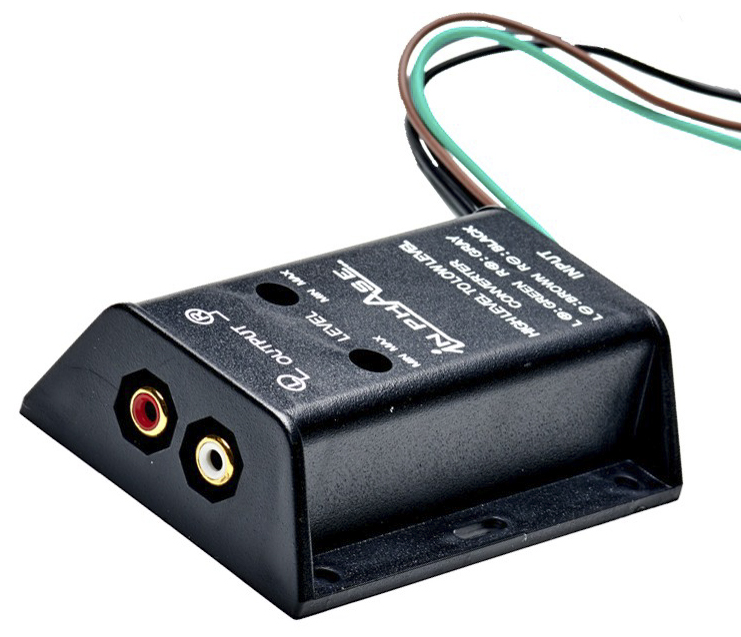
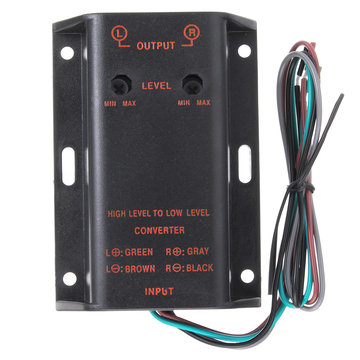
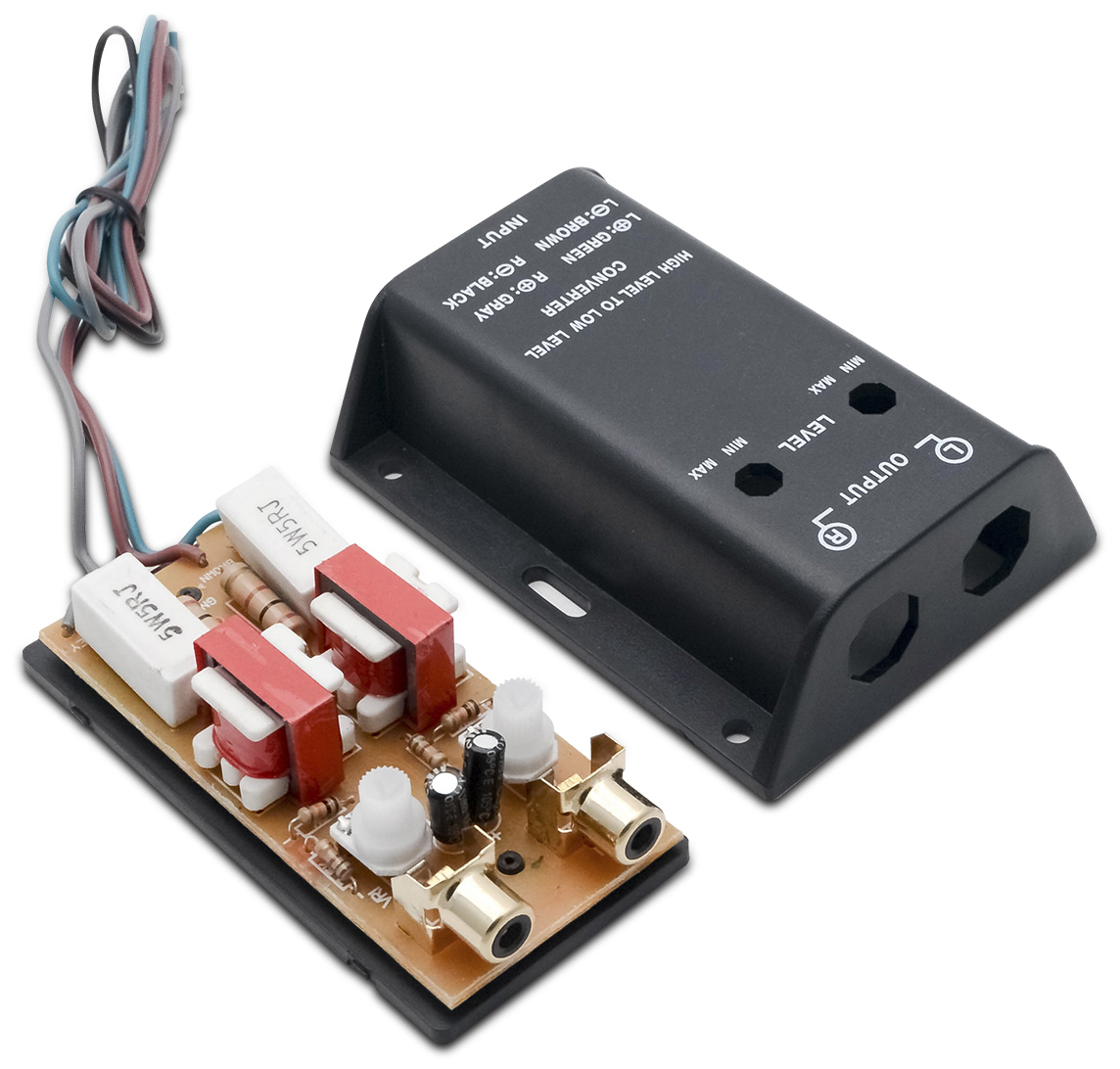
| Crossover Frequency Table |
||
| Speaker/System Type |
Crossover Freq. & Type |
Notes |
| Subwoofers |
70-80 Hz (low pass) |
Good low-pass frequency range for subwoofer bass & blocking midrange sounds. Best for pure, clear bass sound that "hits." |
| Car main (full range) speakers |
56-60Hz (high pass) |
Blocks
low-end bass that causes distortion or speakers to "bottom out." Great
compromise between full-range sound and midrange bass capability. |
| Tweeters or 2-way speakers |
3-3.5KHz (high pass, or high/low-pass) |
Most
2-way or 1-way (tweeter) crossovers use a frequency near this as most
tweeters can't handle sounds below this range. Same for woofers above
this range. |
| Midrange/woofer |
1K-3.5KHz (low pass) |
Woofers
and many midrange speakers do not perform well above this general
range. They're poor for treble and a tweeter should be added. |
| 3-way system |
500Hz & 3.5KHz (Woofer/tweeter crossover points) |
Similar
to 2-way systems the upper freq. would be the same. Midrange drivers in
a 3-way system often do not perform well below 500Hz or 250Hz in many
cases. |
